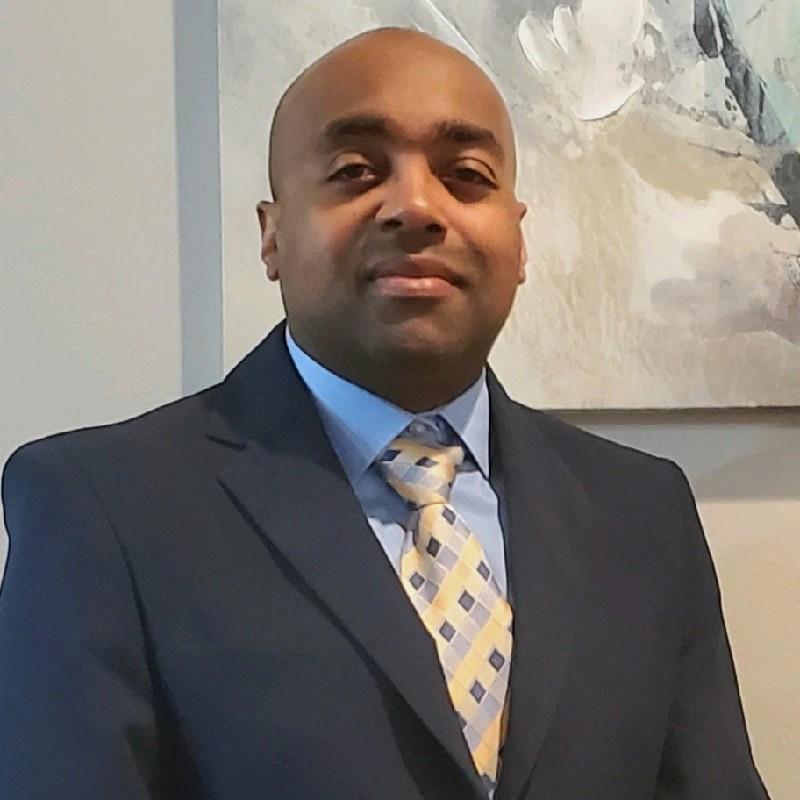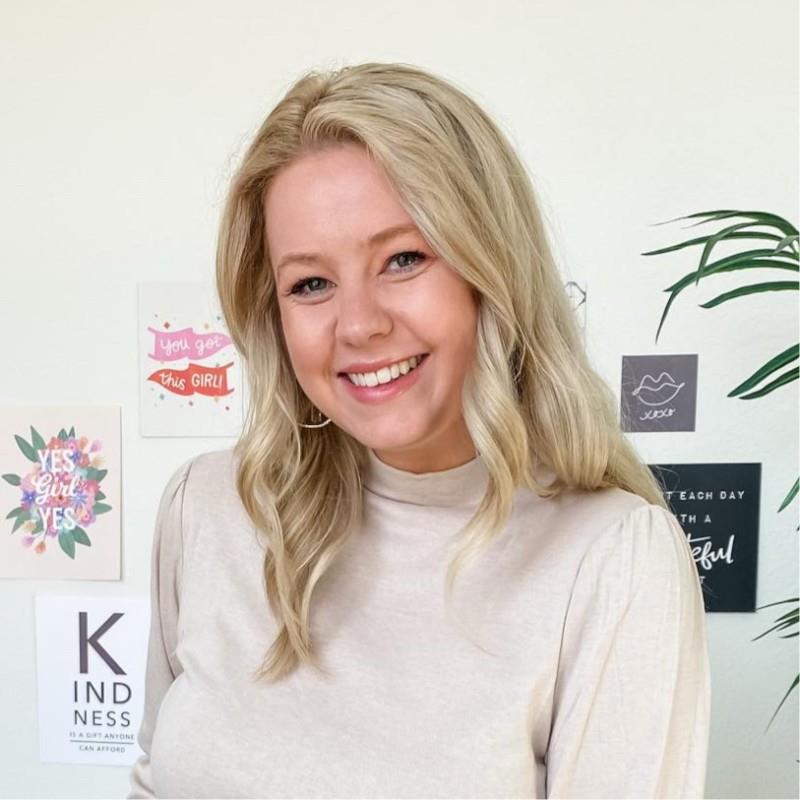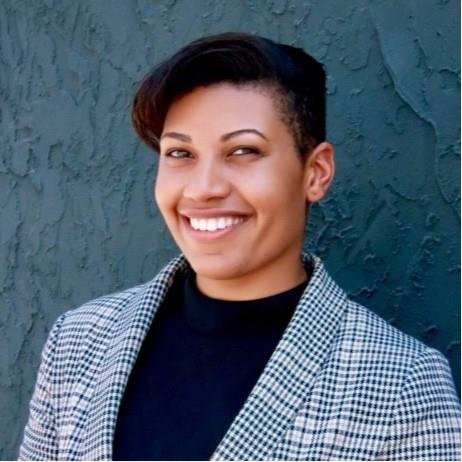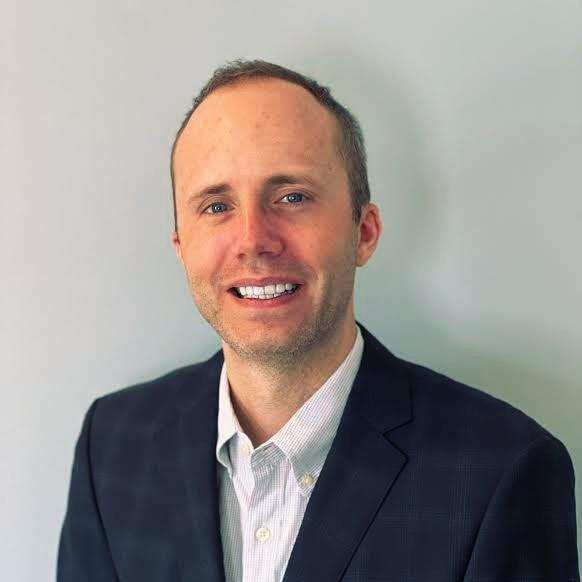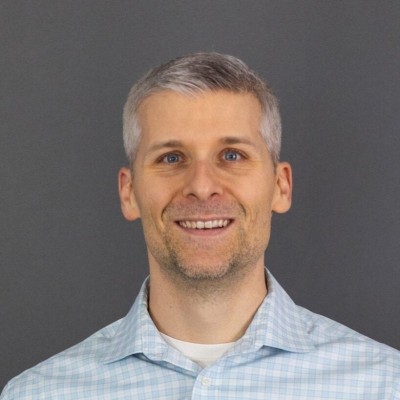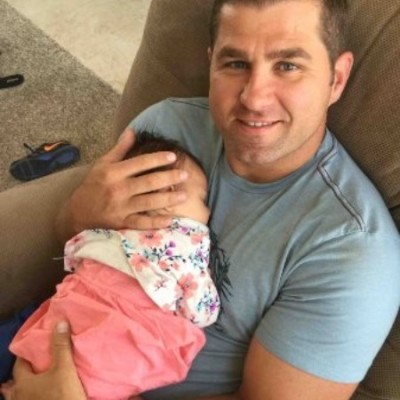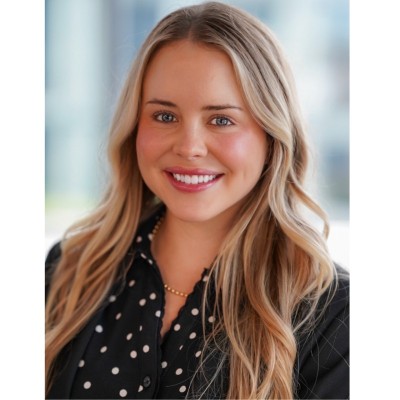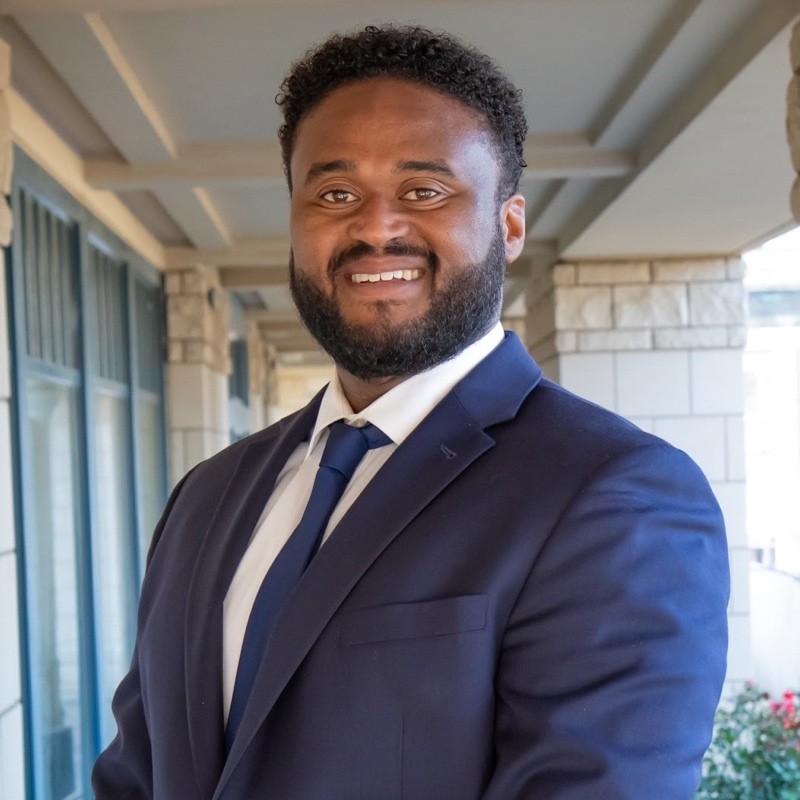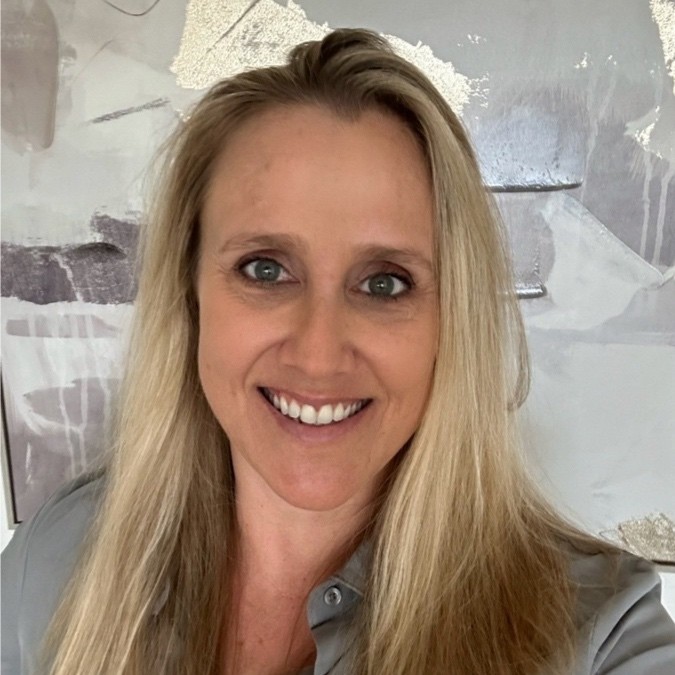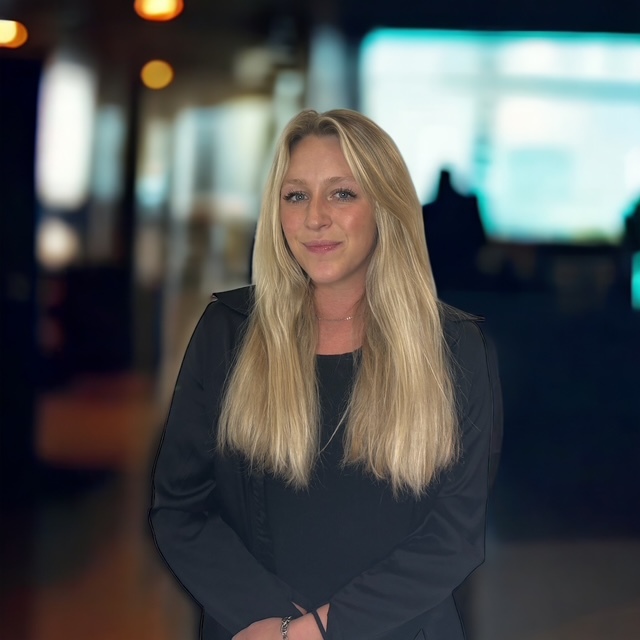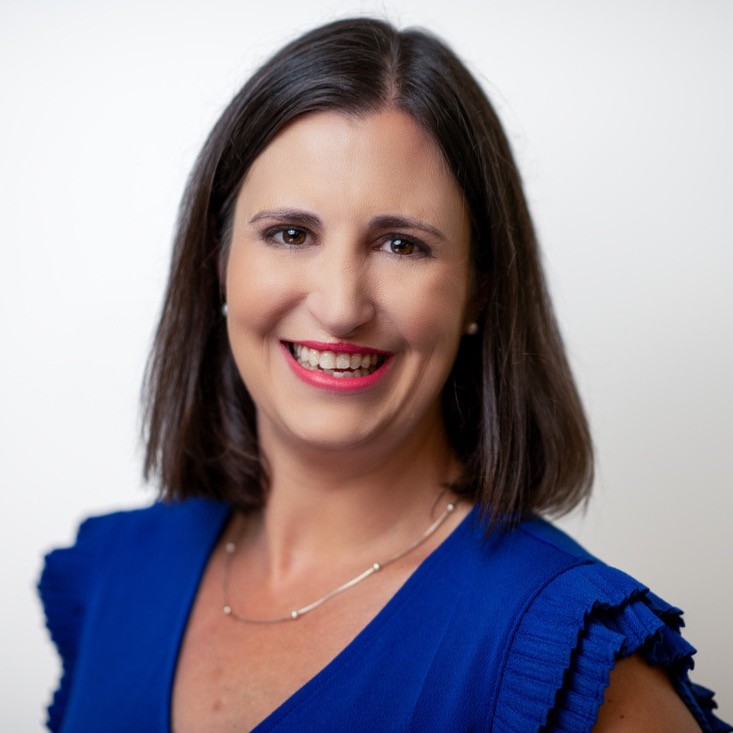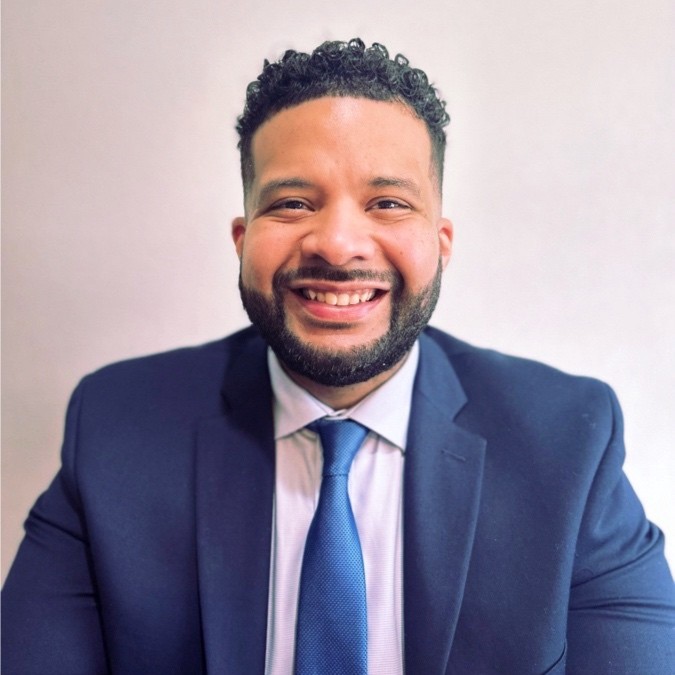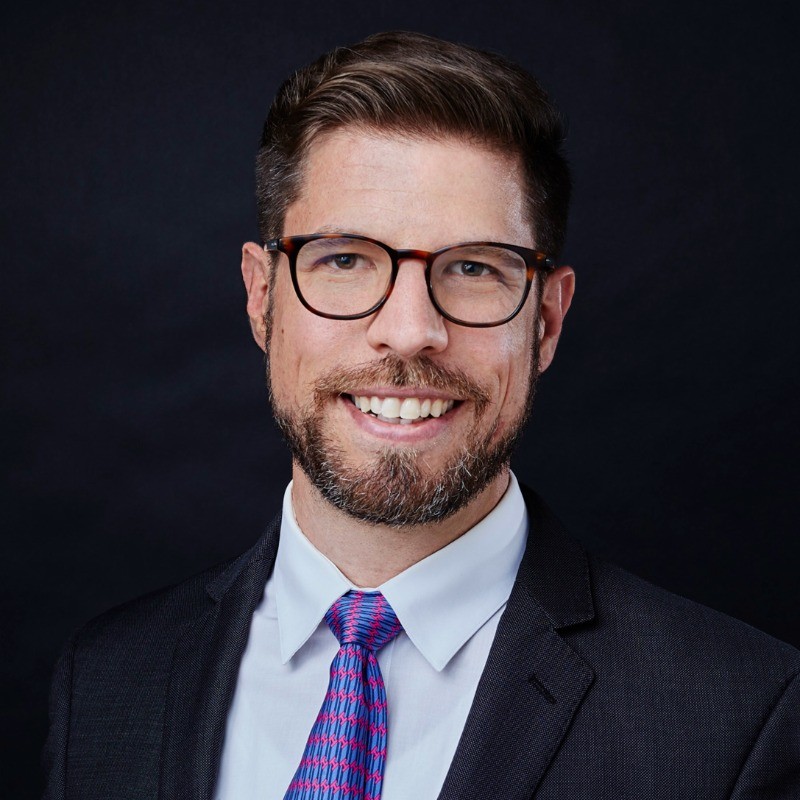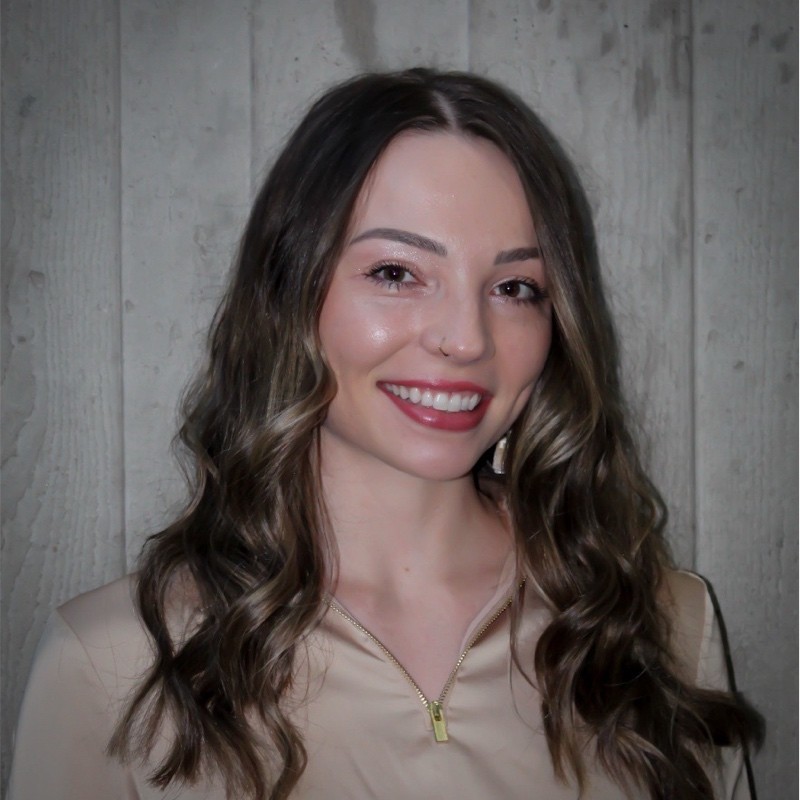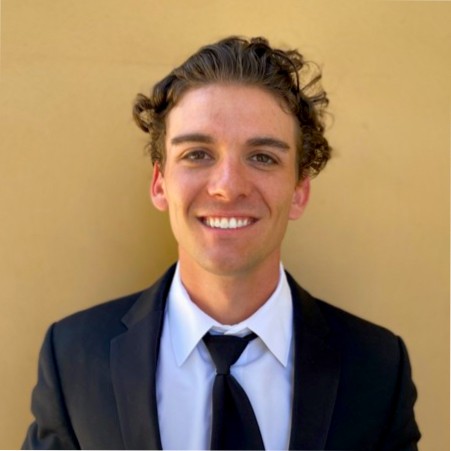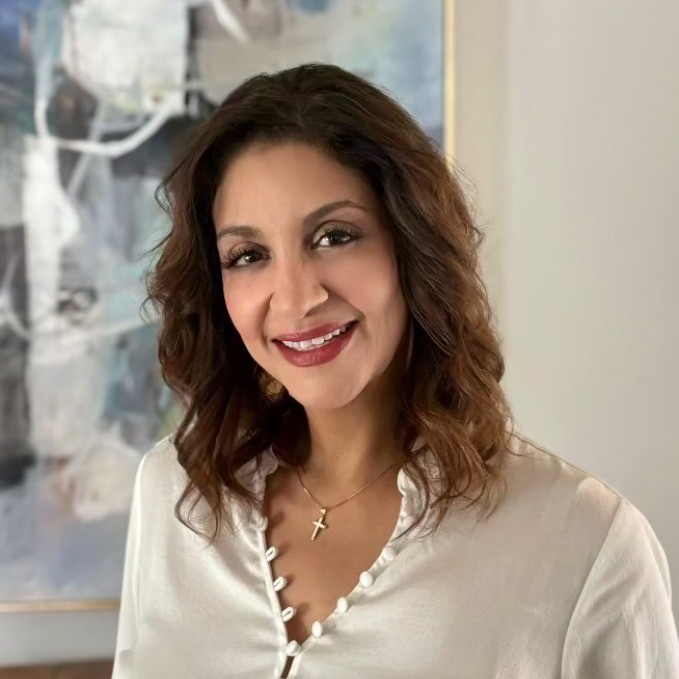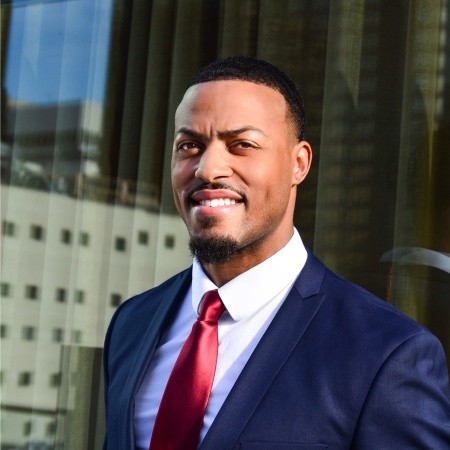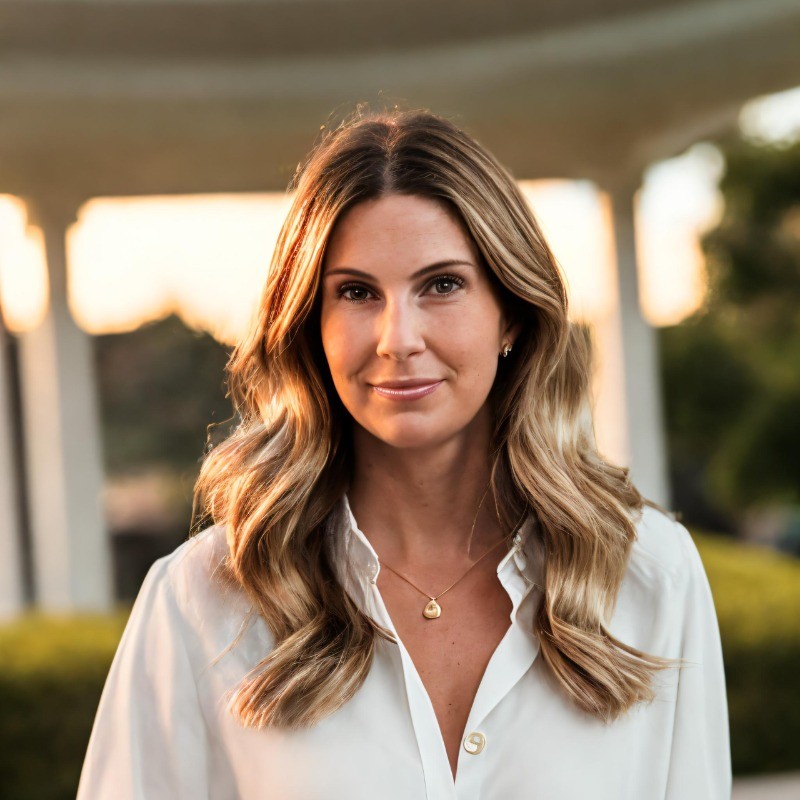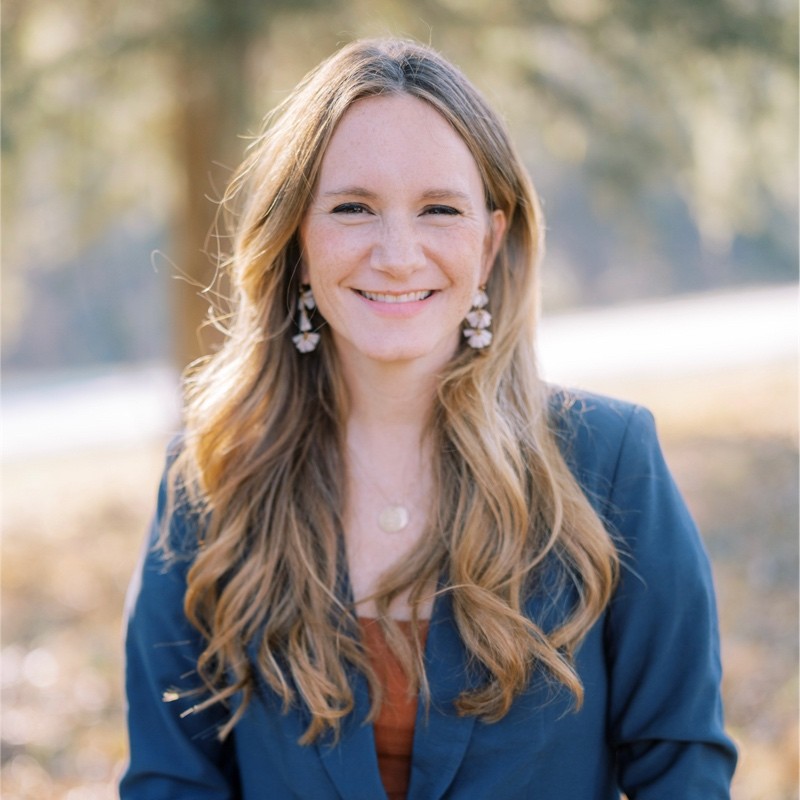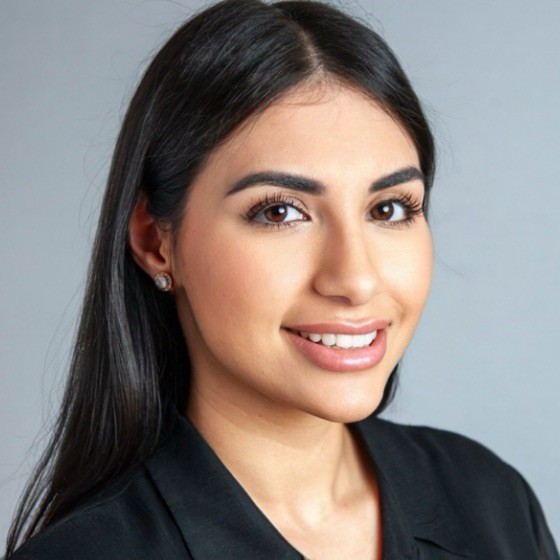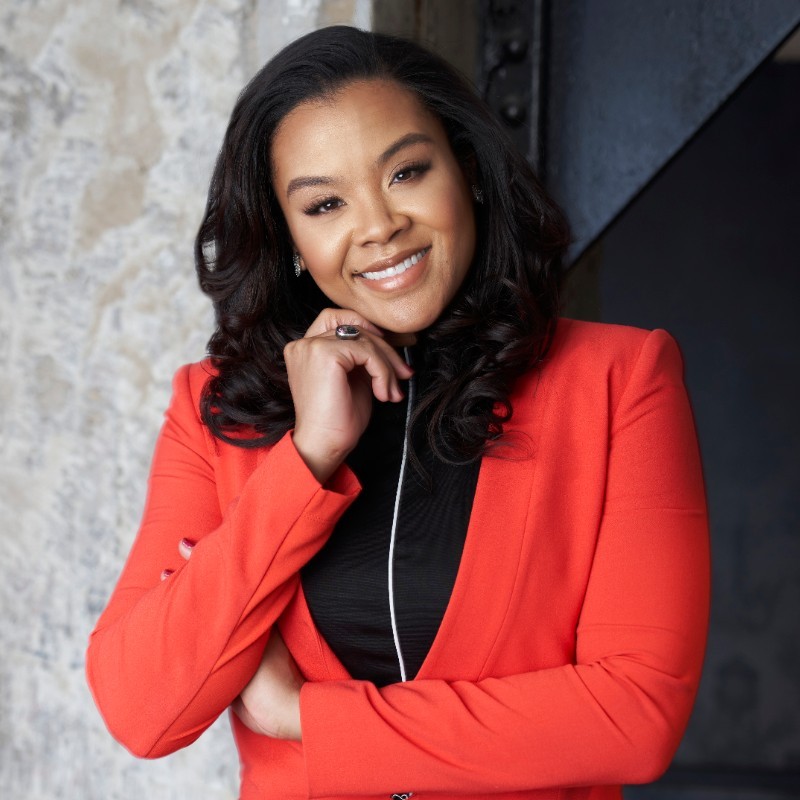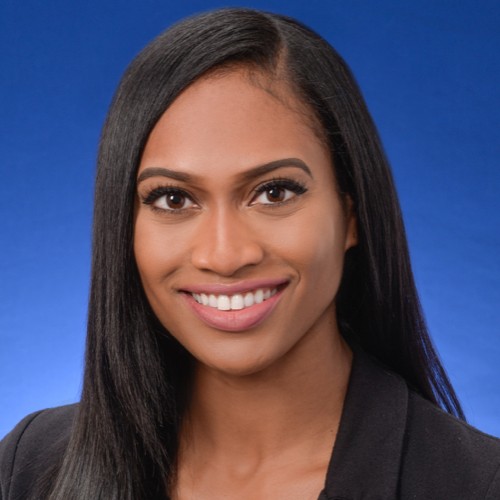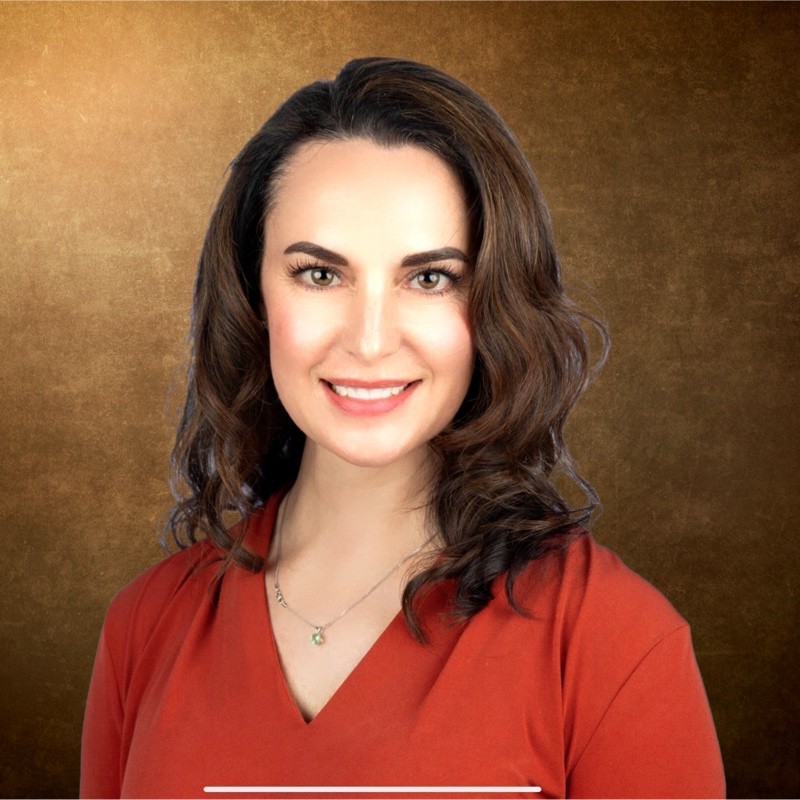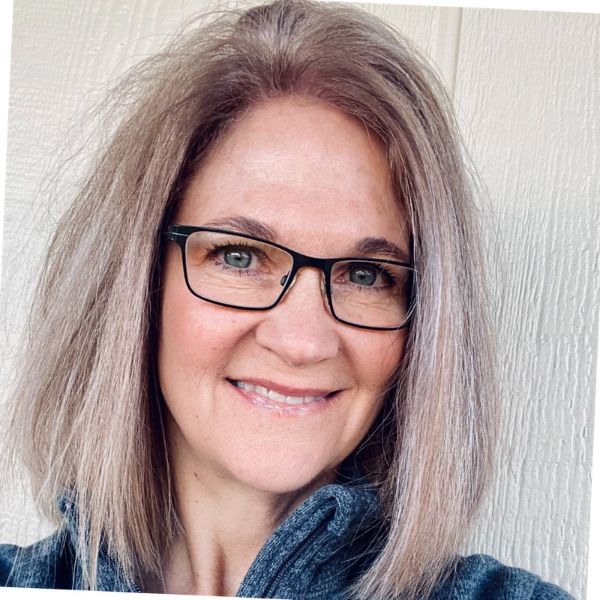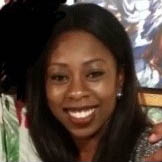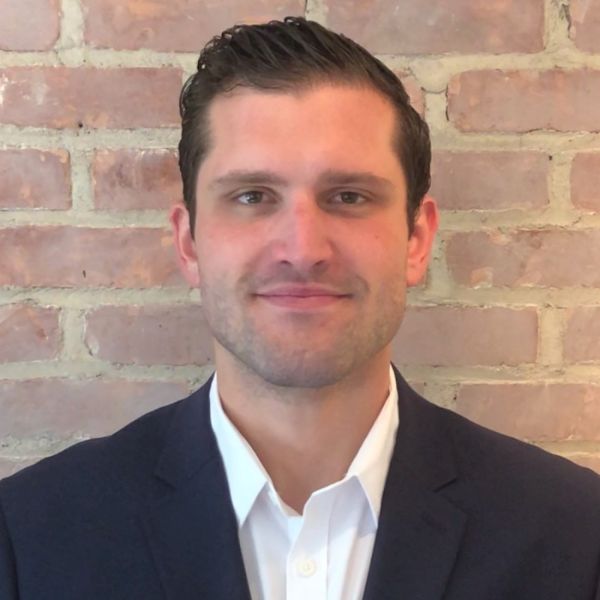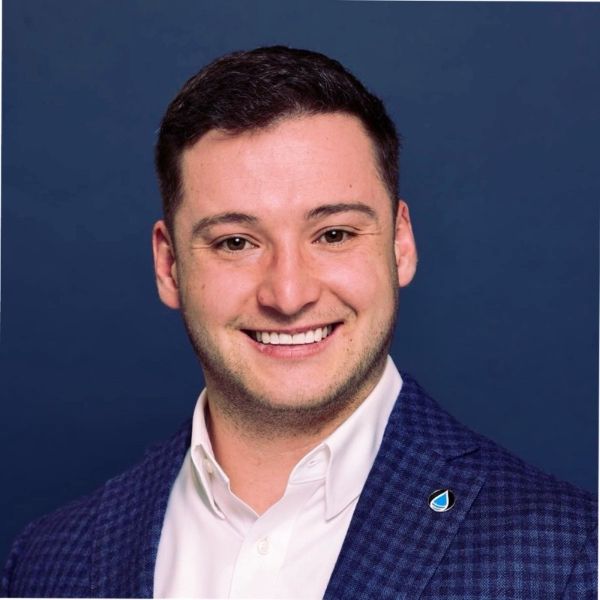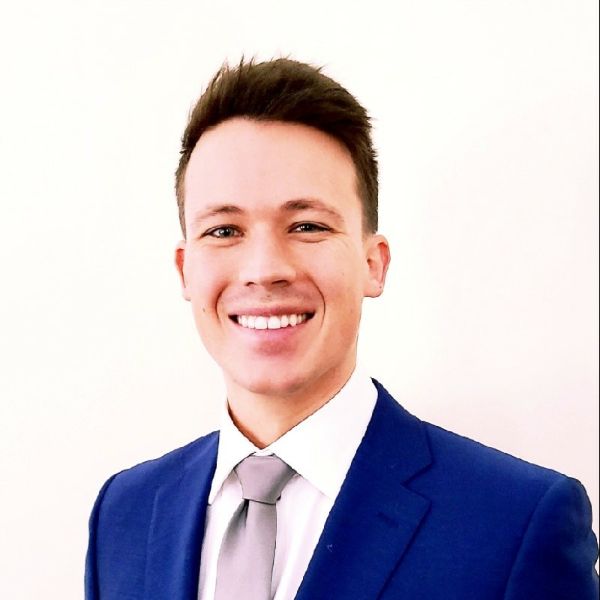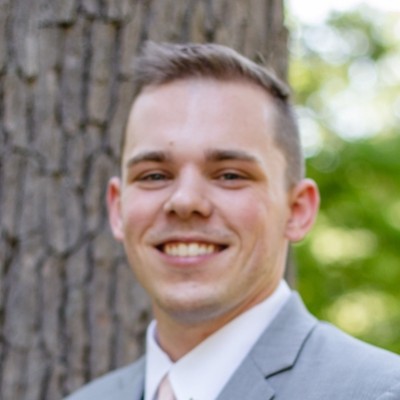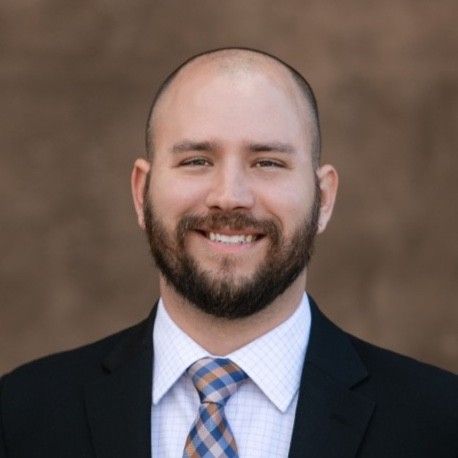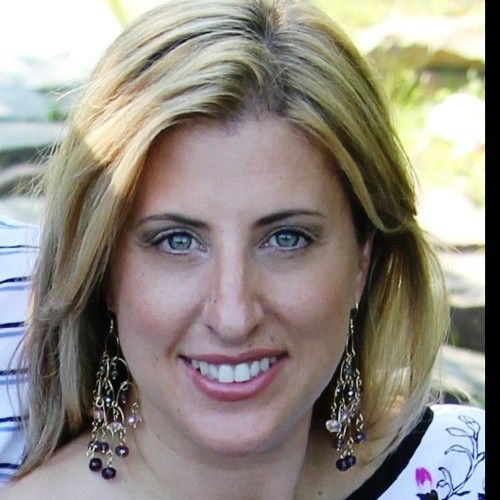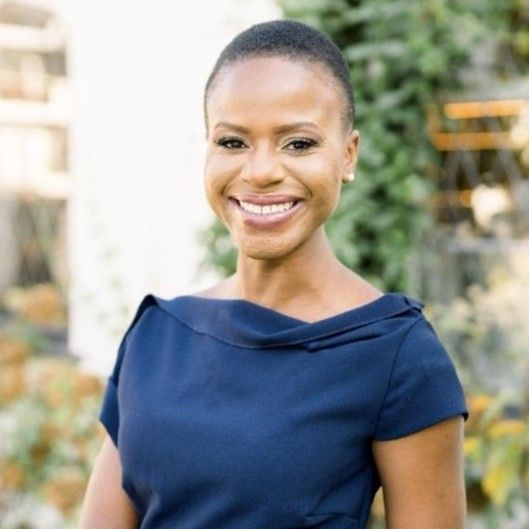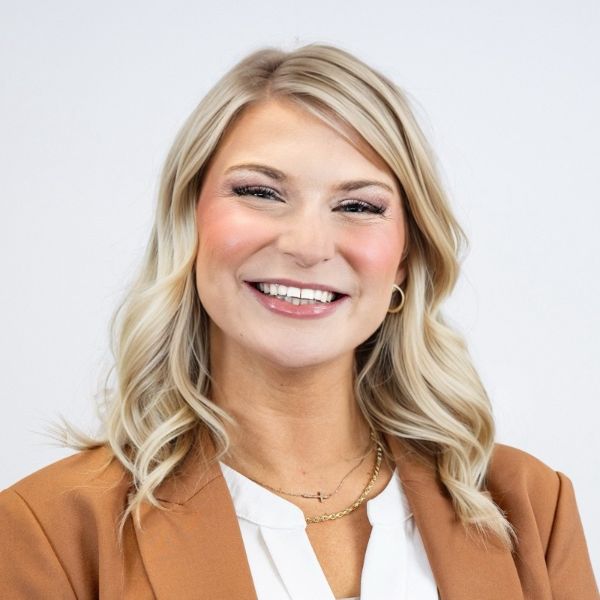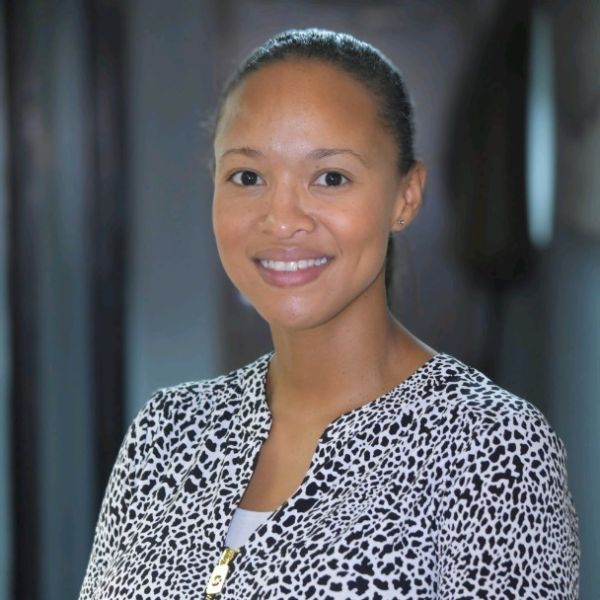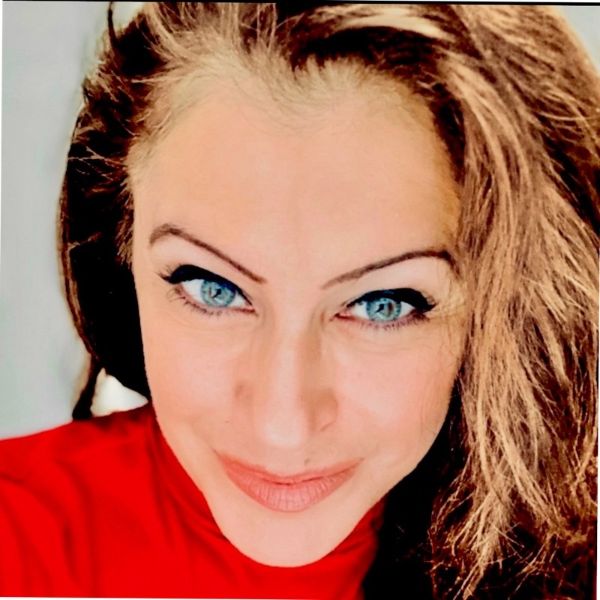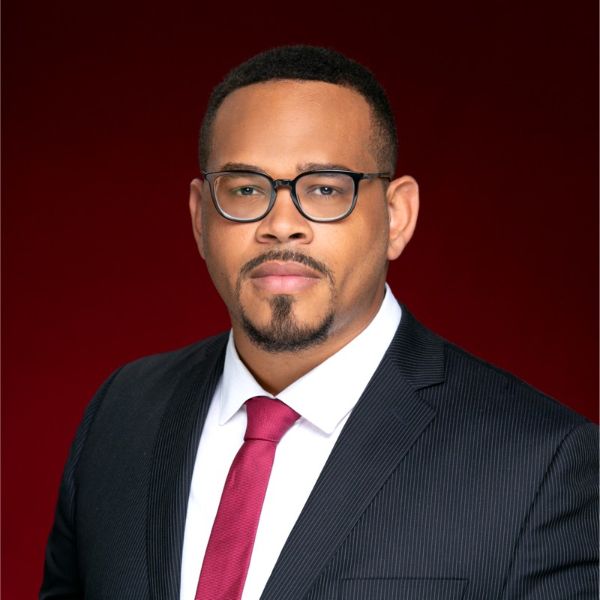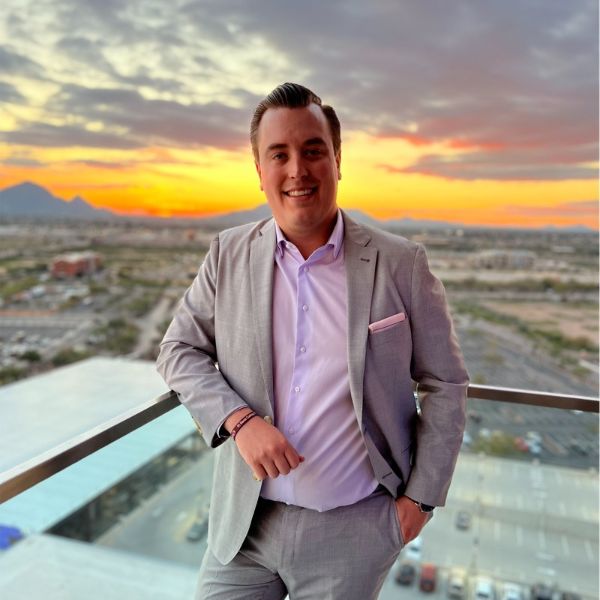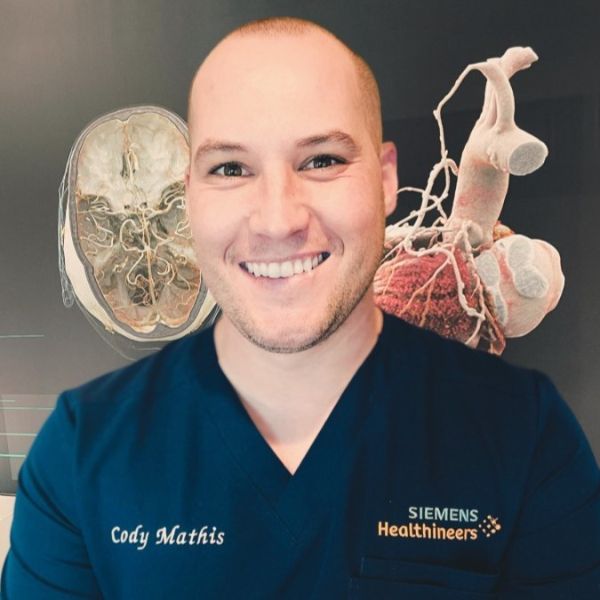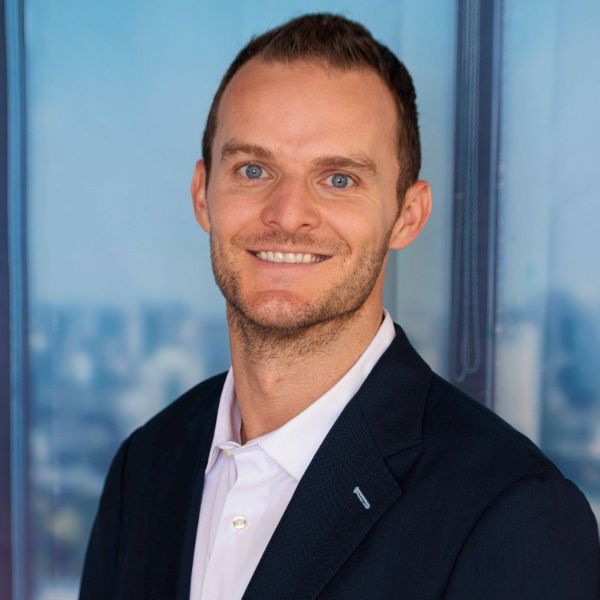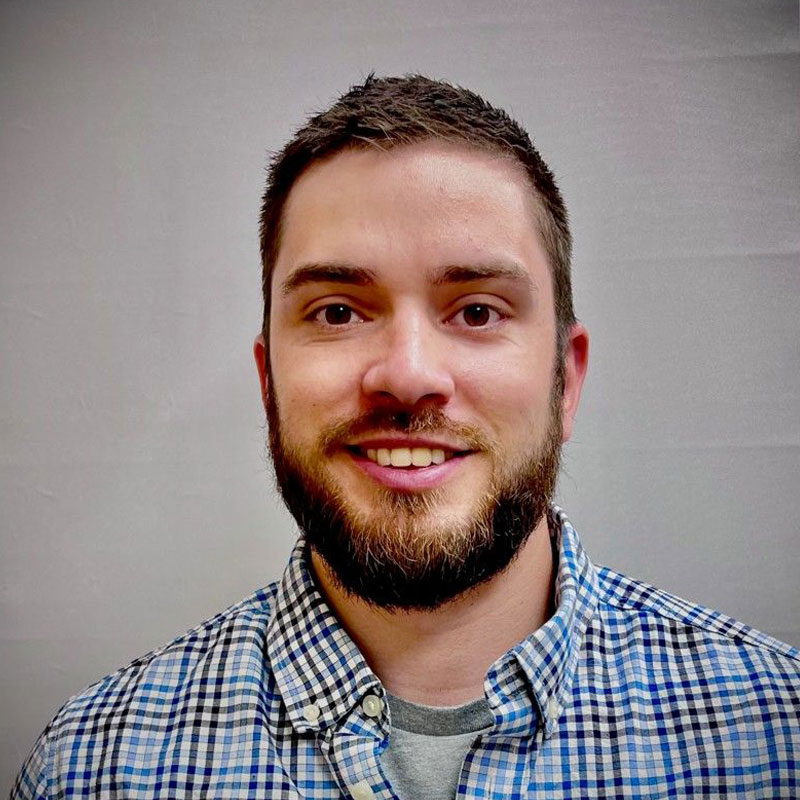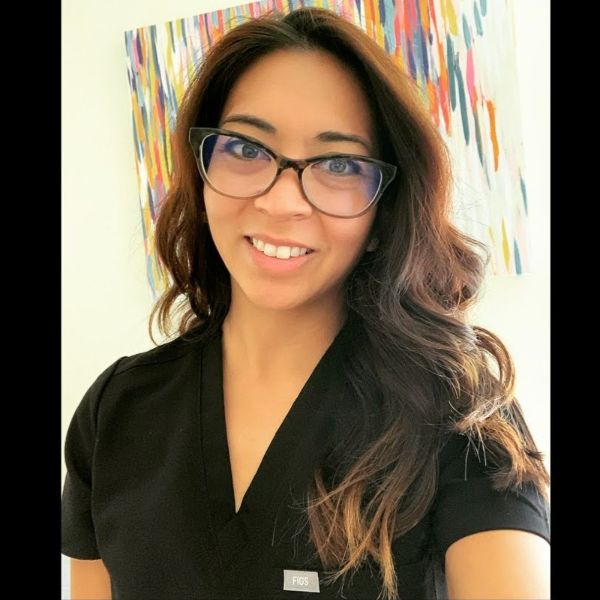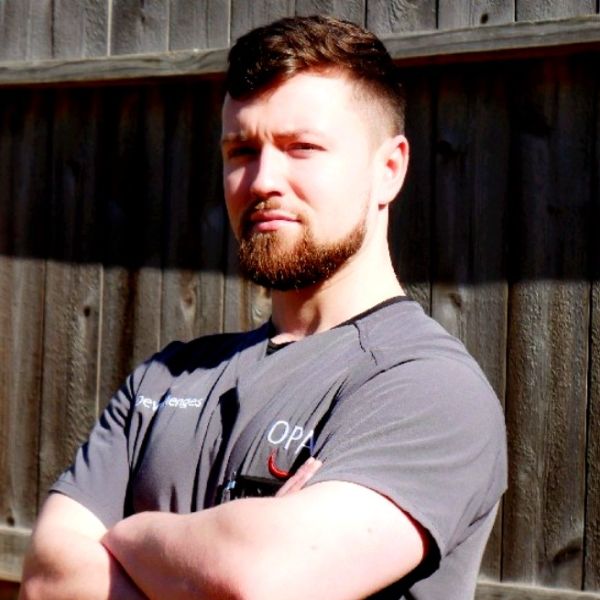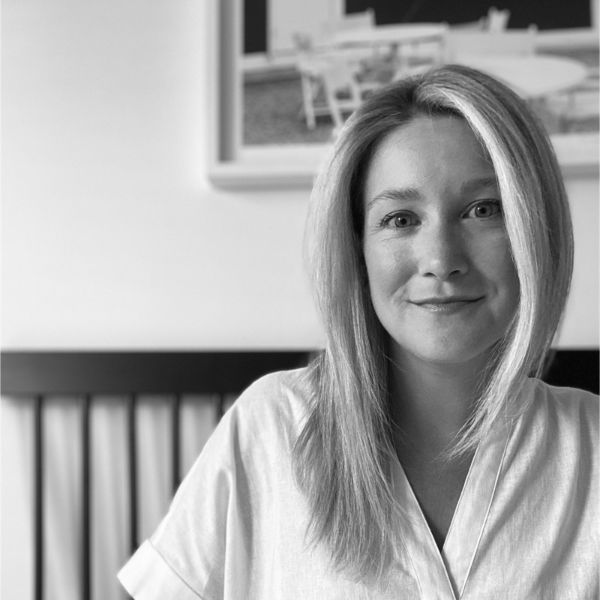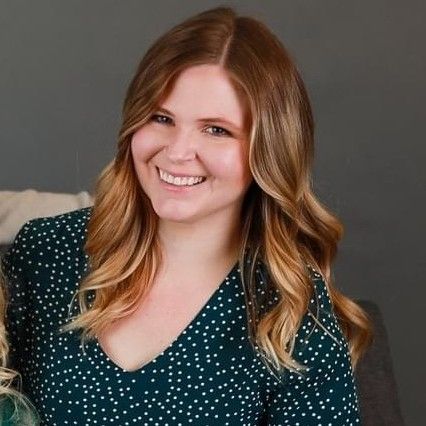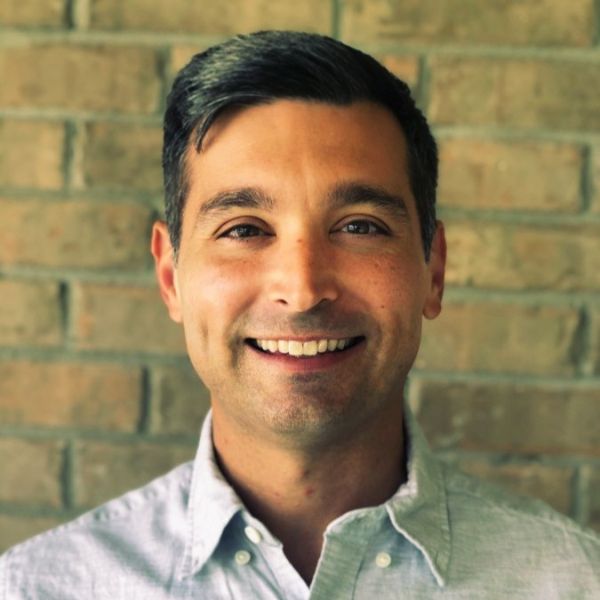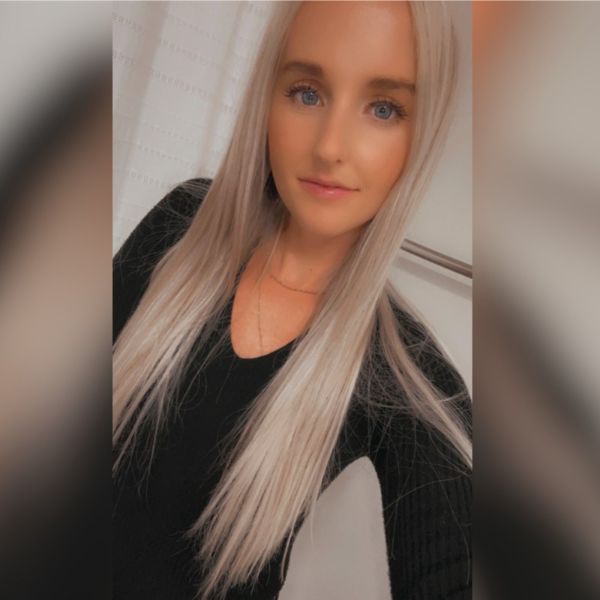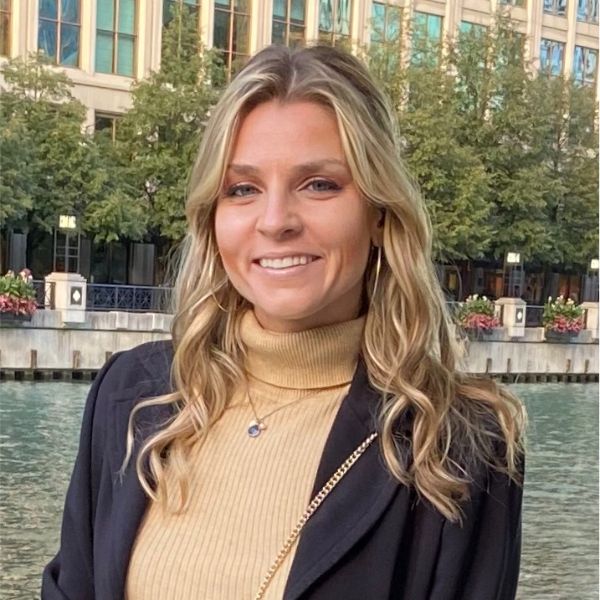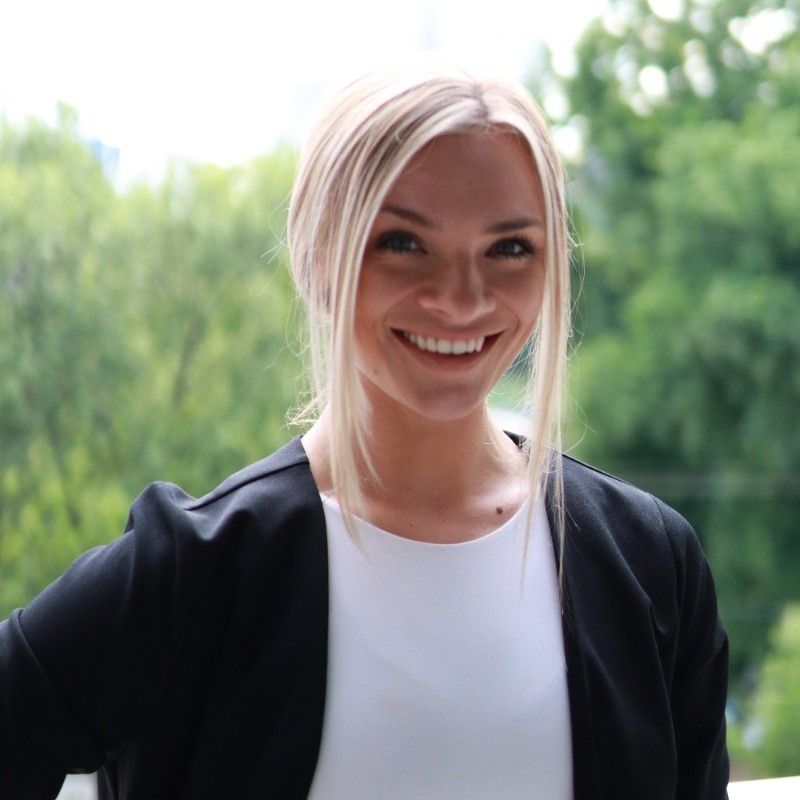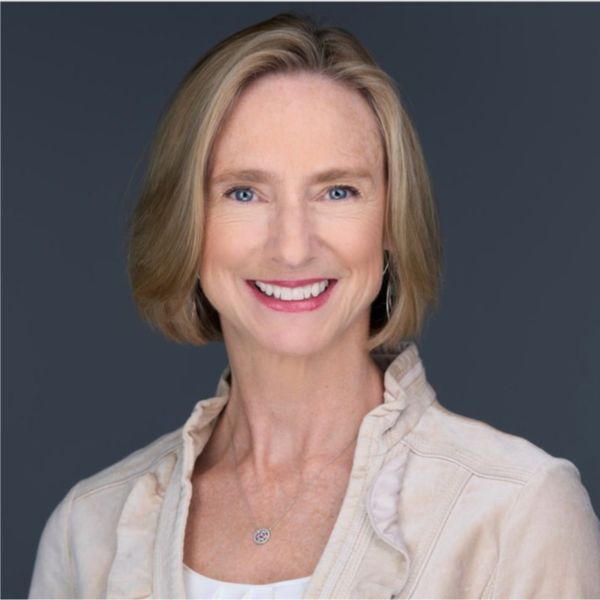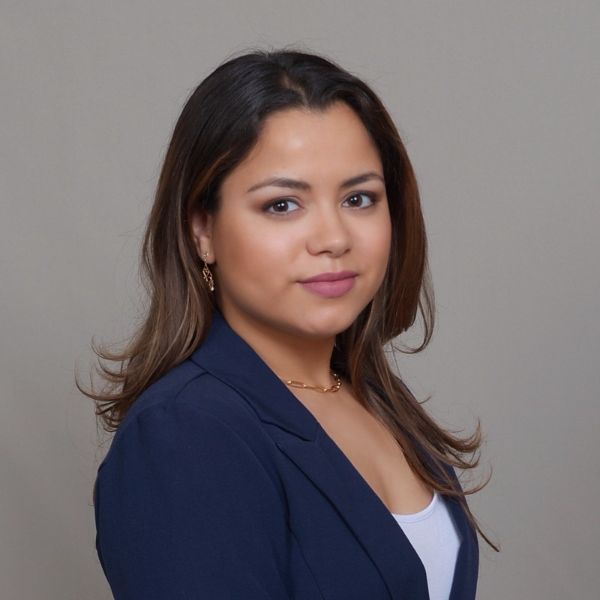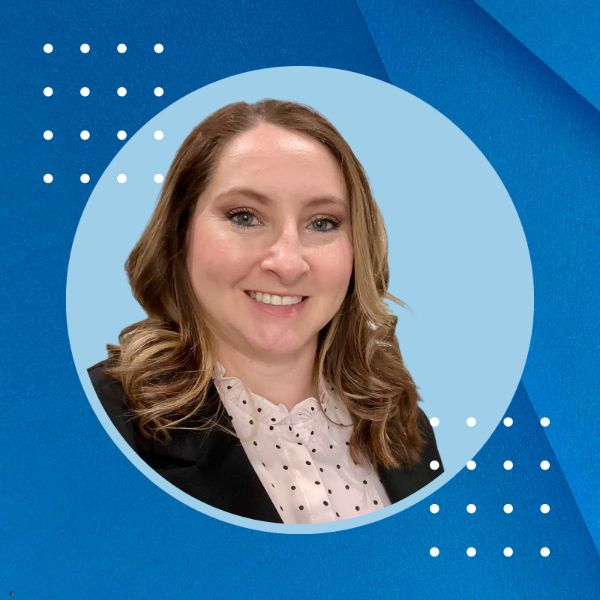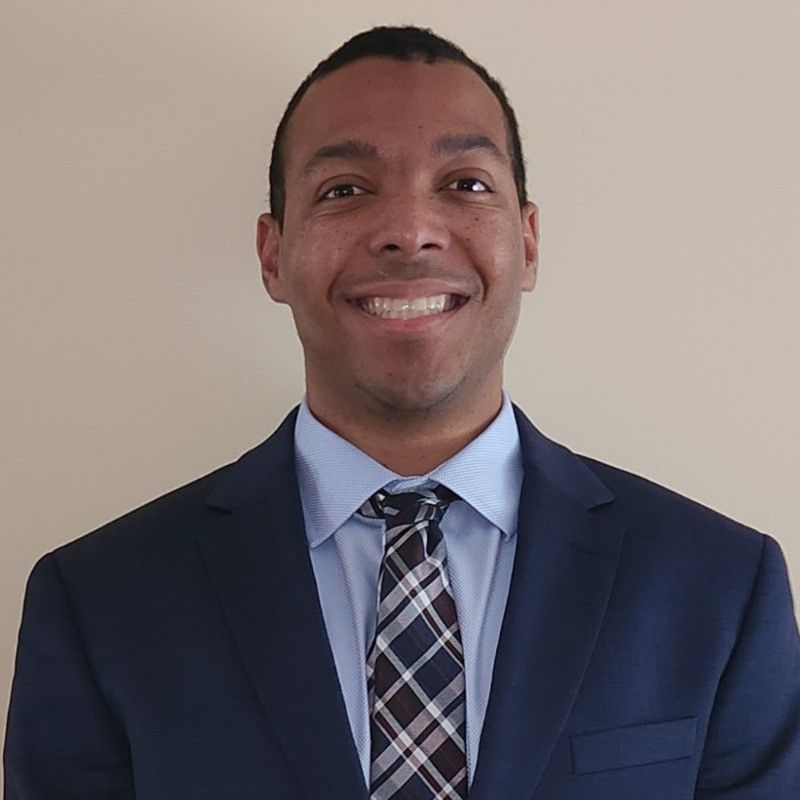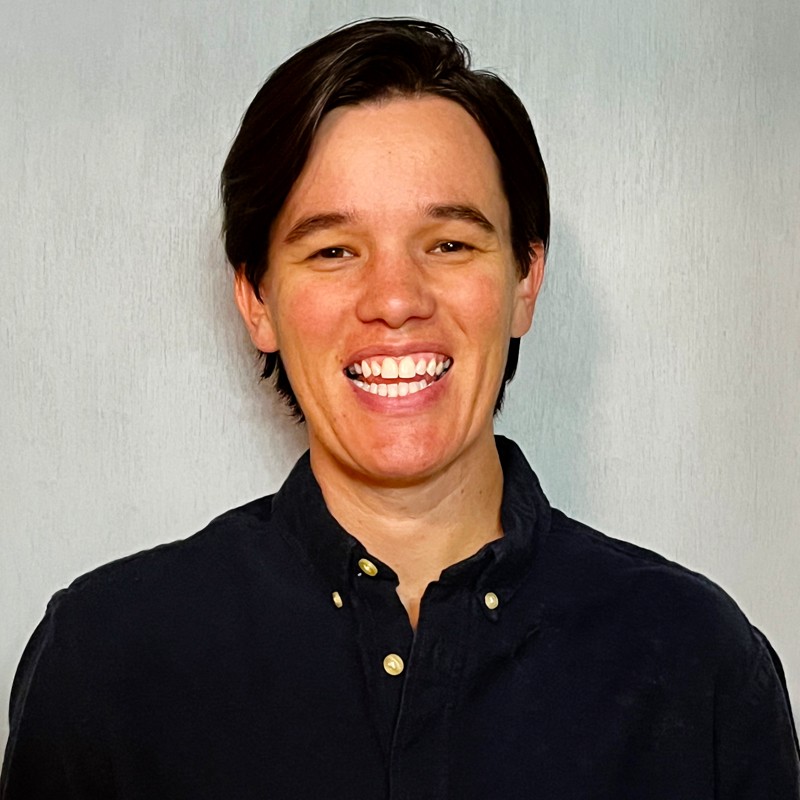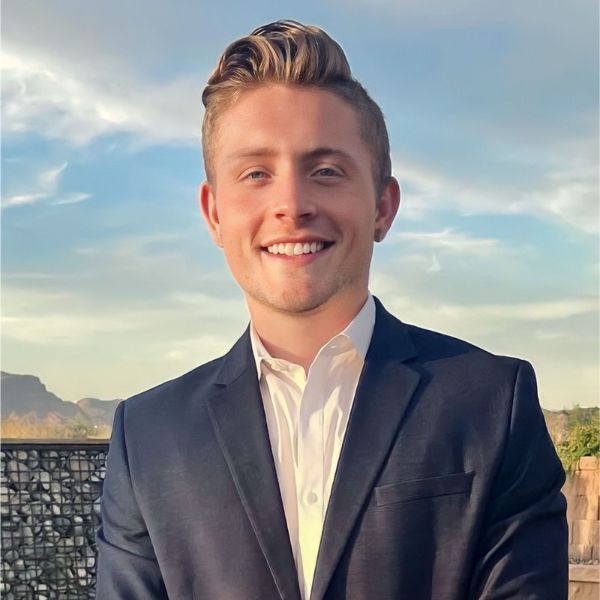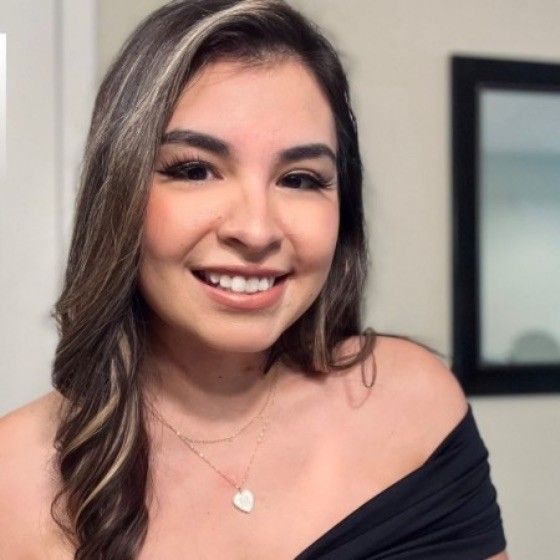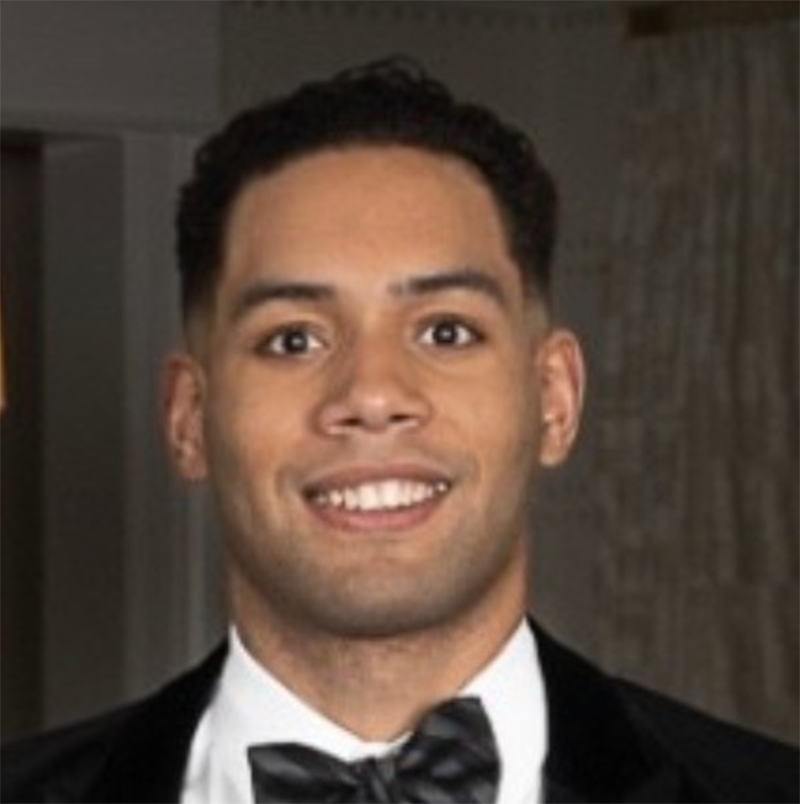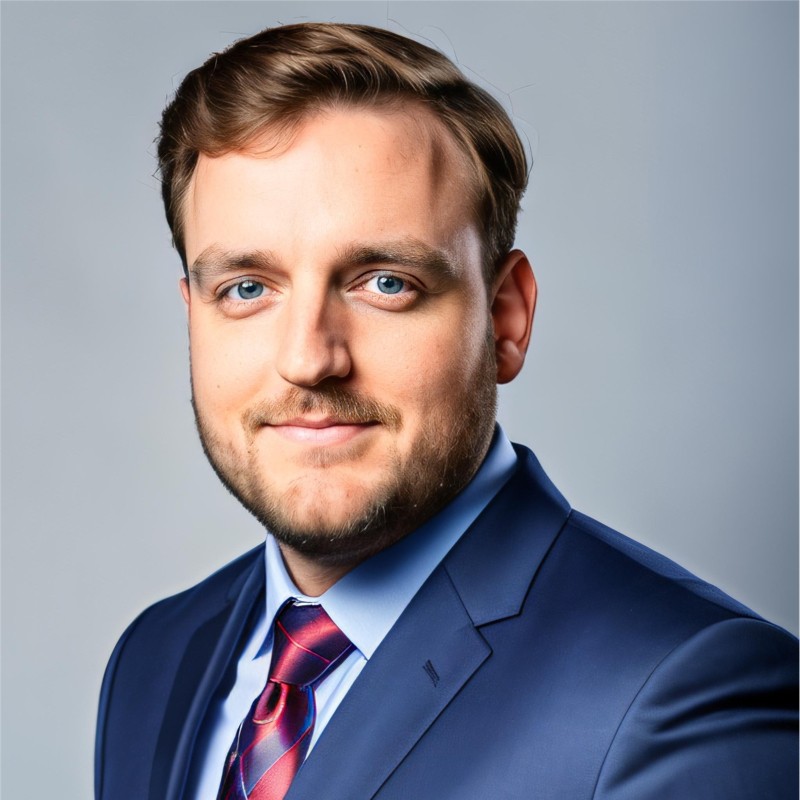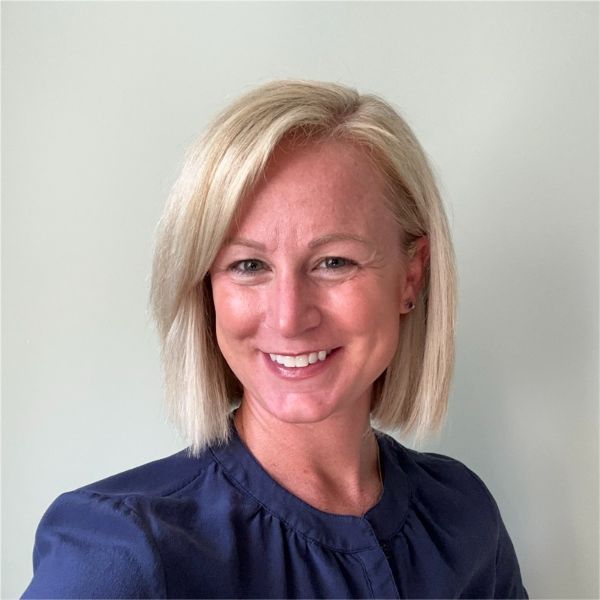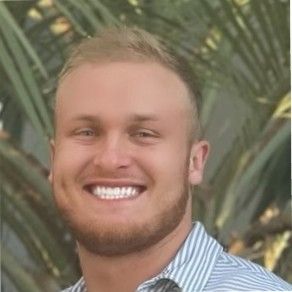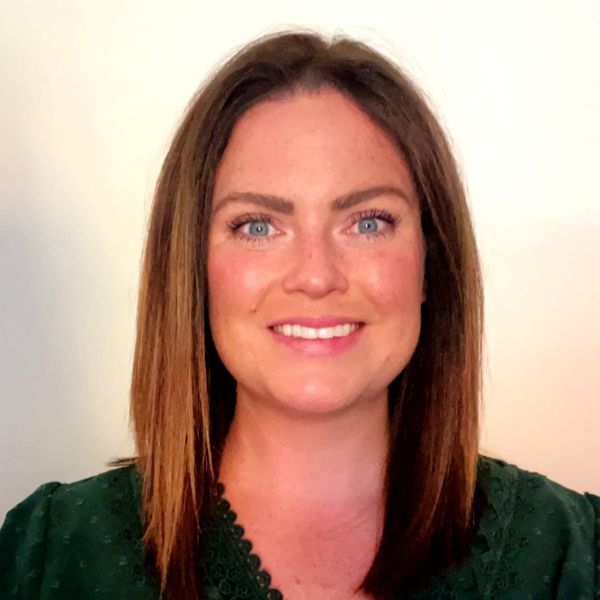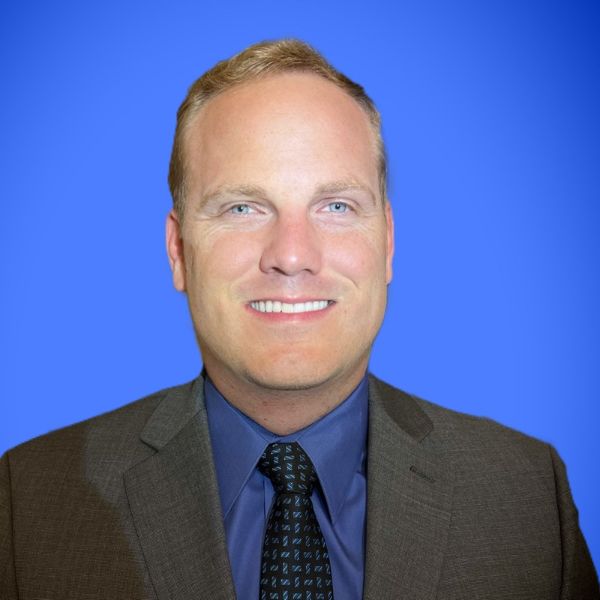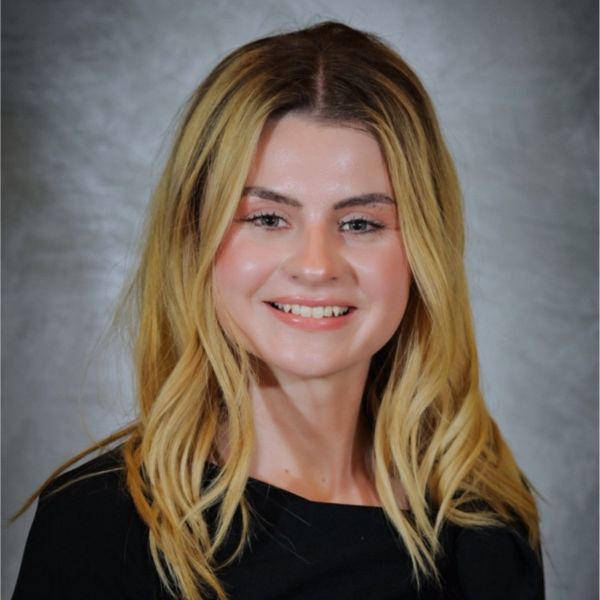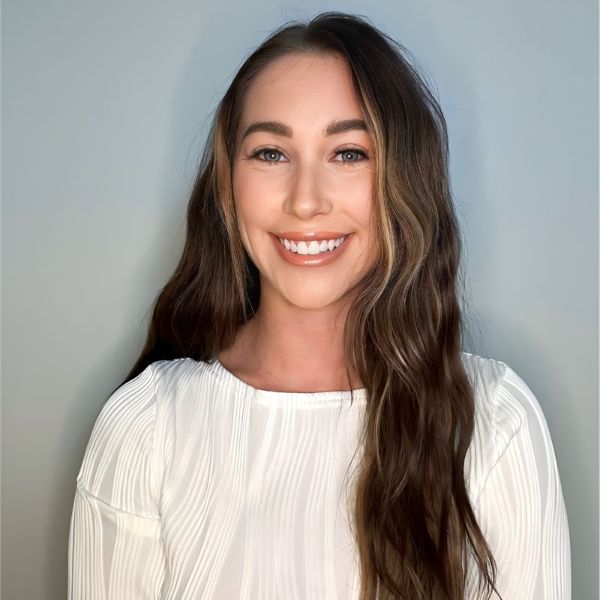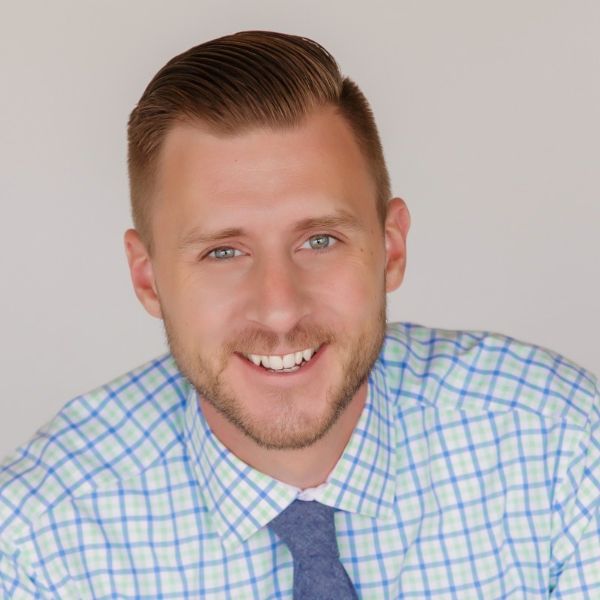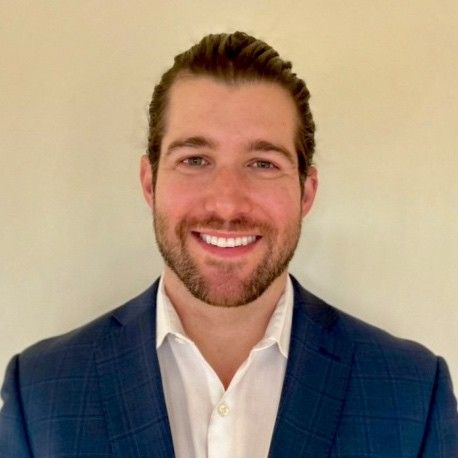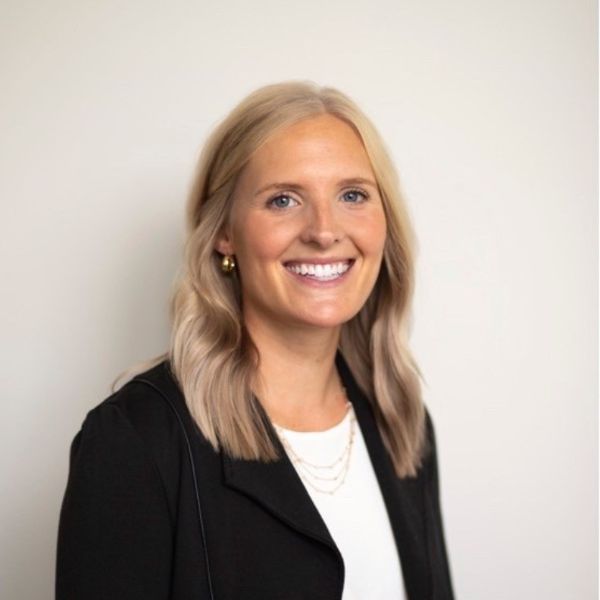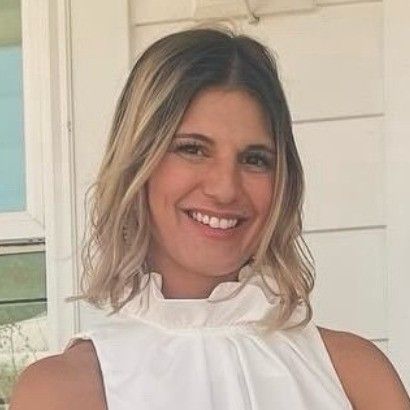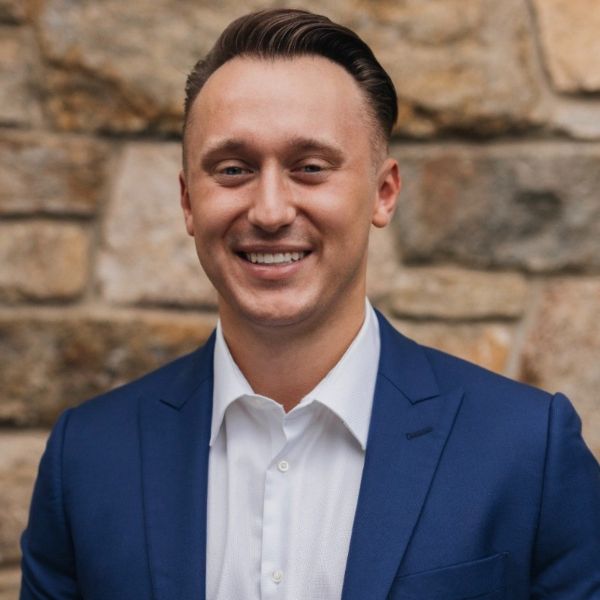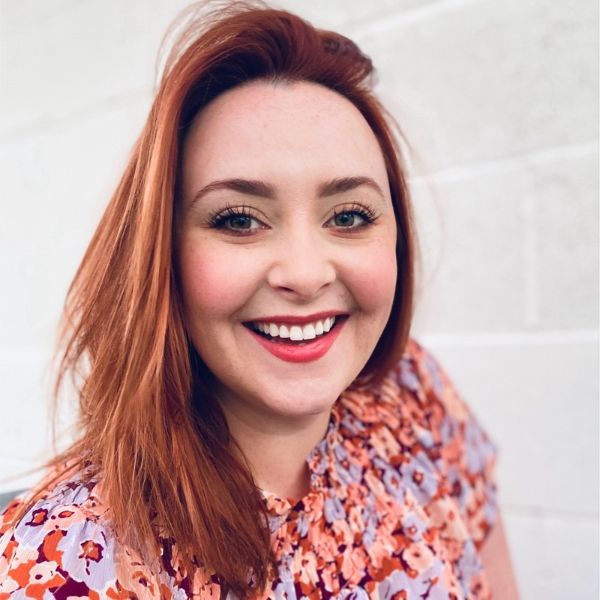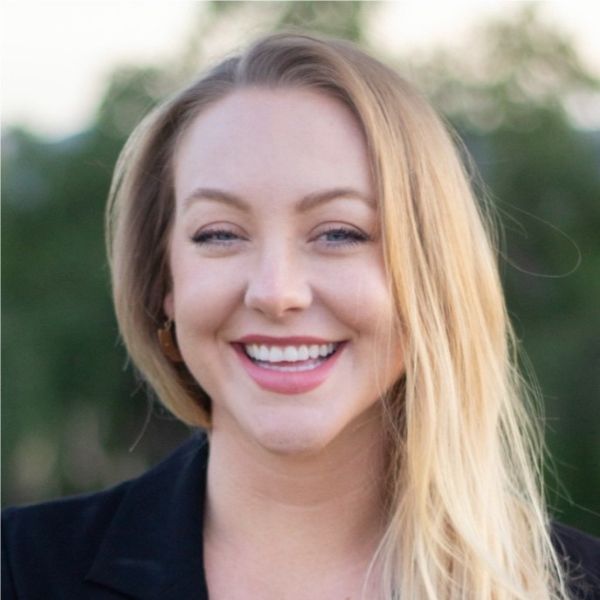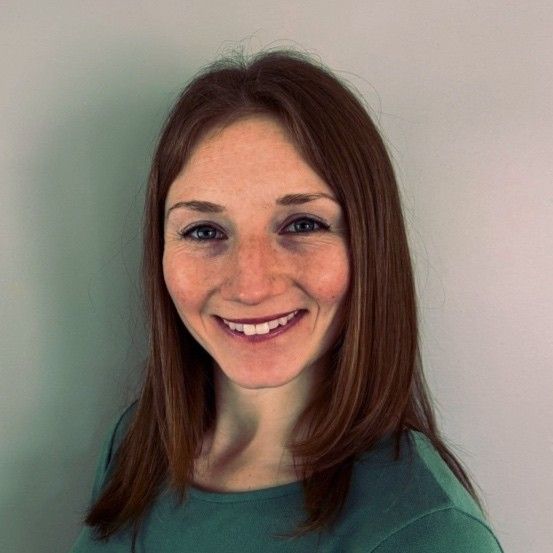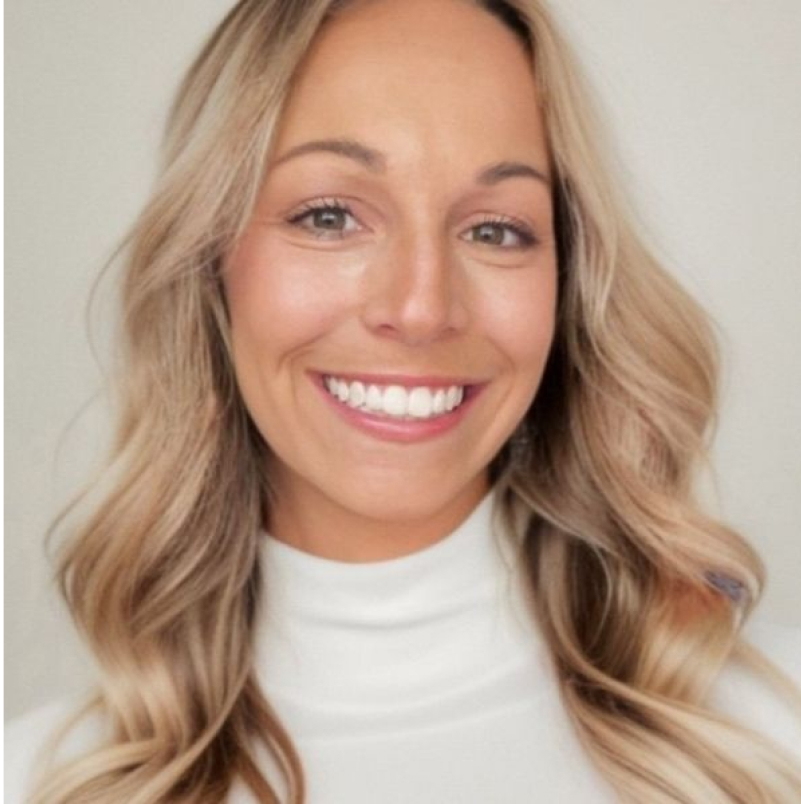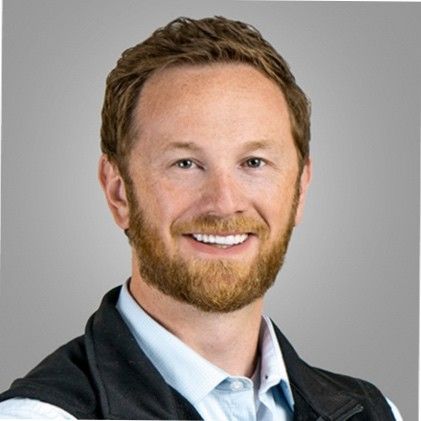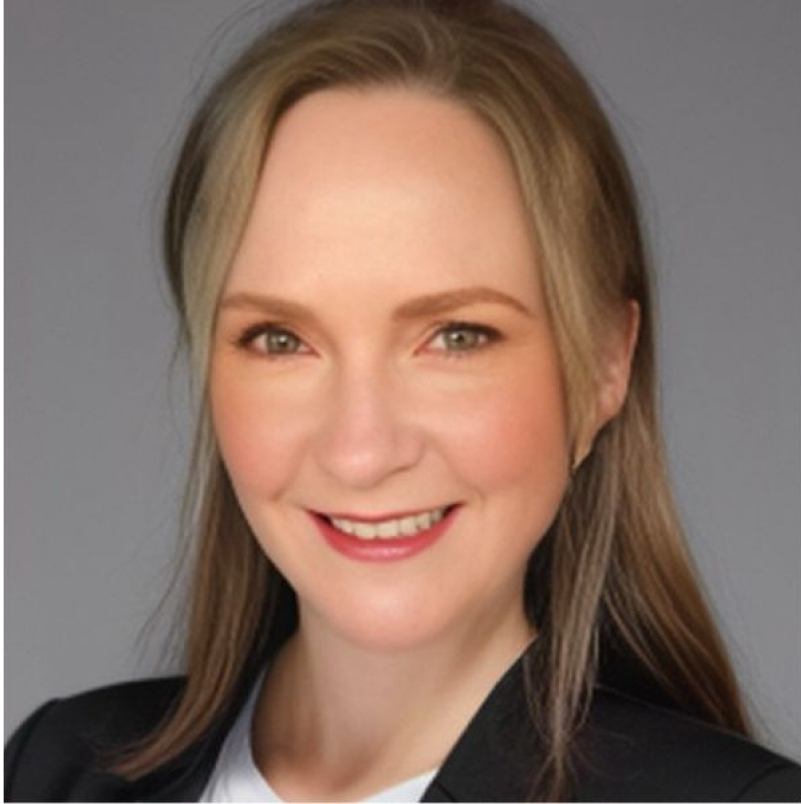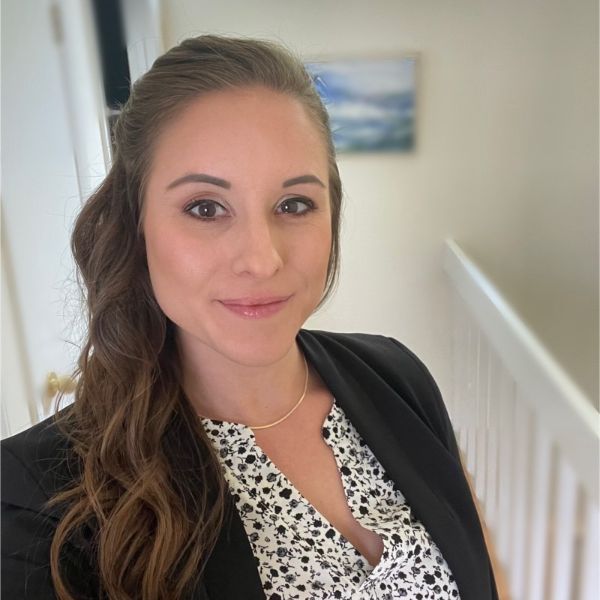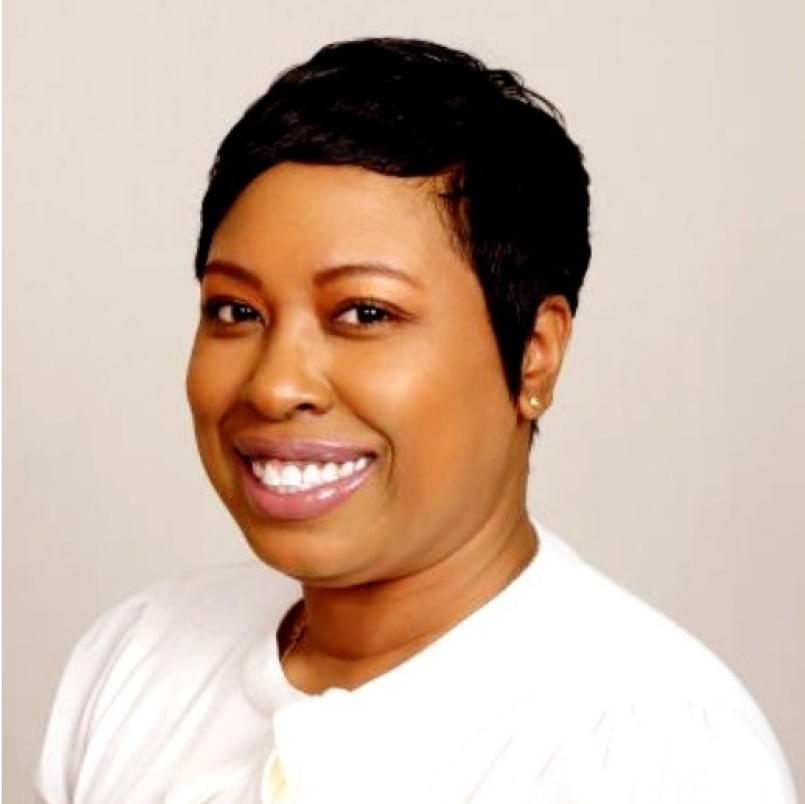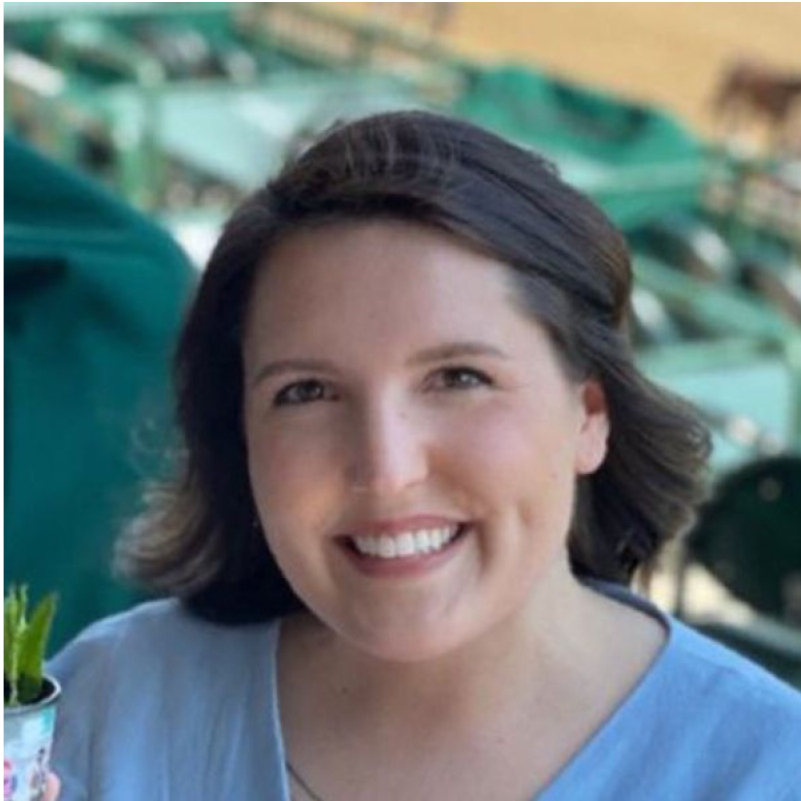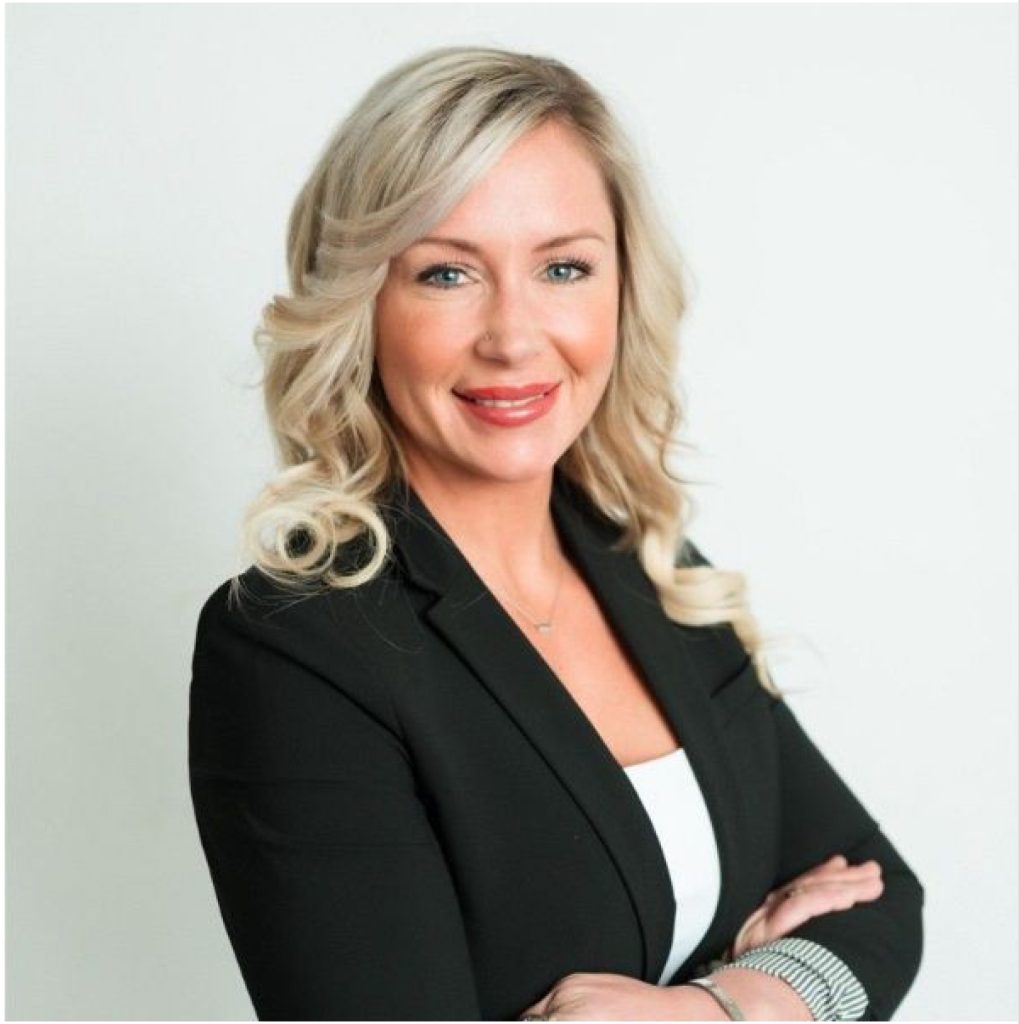How to Succeed in Medical Sales Leadership
In this episode of the Medical Sales Podcast, Samuel Adeyinka sits down with Kat Hurd, a former Fortune 500 rep, multi-time President’s Club winner, and VP turned coach, to break down what it really takes to move from frontline manager to executive leader. Kat shares how managers can avoid getting stuck, build credibility across internal teams, and know when it’s time to step outside their organization to keep growing. She unpacks the miscommunication between corporate strategy and field execution, the importance of preparing your team before moving up, and why mindset and consistency still separate high performers from the rest. Now as a CEO and coach, Kat also dives into how she helps reps and leaders refine their process, create better customer experiences, and even leverage AI without losing authenticity. If you’re serious about leading with impact and accelerating your career in medical sales, this conversation delivers the clarity you need.
Connect with Kat Hurd: LinkedIn
Connect with Me: LinkedIn
Love the show? Subscribe, rate, review, and share! Here’s How »
Want to connect with past guests and access exclusive Q&As? Join our EYS Skool Community today!
Watch the episode here:
Or Listen to it on your favorite platform:
Episode Transcript:
00:05 – Samuel Adeyinka (Host)
Hello and welcome to the Medical Sales Podcast. I’m your host, Samuel, founder of a revolutionary medical sales training and mentorship program called the Medical Sales Career Builder, and I’m also host of the Medical Sales Podcast. In this podcast, I interview top medical sales reps and leading medical sales executives across the entire world. It doesn’t matter what medical sales industry from medical device to pharmaceutical, to genetic testing and diagnostic lab, you name it. You will learn how to either break into the industry, be a top 10% performer within your role or climb the corporate ladder. Welcome to the Medical Sales Podcast, and remember, I am a medical sales expert sharing my own opinion about this amazing industry and how it can change your life. All right, Kat, so you know for all the managers listening, then how should you be thinking about your career?
00:57 – Kat Hurd (Guest)
I mean, gosh, it’s the million dollar question, right, and it’s a question that so many managers get stuck in that rut and then just stay there and it’s really it’s sad to see because you see really talented managers and honestly there are some that love being a leader, being that frontline leader, and I don’t want to dissuade folks from thinking that you have to move out of that role, because that level of people leadership is really the sweet spot where you are helping people to have to kind of work at it to get that.
01:26
But to your question of what do you need to do differently, you have to shift how you think about your really like engagement and affiliation with the organization. So if you don’t have inroads into the internal teams, I mean that’s step number one. You have to be visible at corporate. You have to be past visible. You’ve got to have intelligence and connections and an awareness of what happens in each function of the business and that for me was really how I started my leadership career is like I went back and helped with sales training. I asked questions about field engineering. You know I like wanted to be the student of the game that had insight and perspective on as many of those verticals as possible.
02:13
Oftentimes, when you get into leadership you get so focused, you know, on your downline, on your team, that then you forget you’ve also had to lead up.
02:21 – Samuel Adeyinka (Host)
Right.
02:21 – Kat Hurd (Guest)
And you have to be having those connections, those conversations. It also makes you a better manager when you know the team in pricing and contracts, when you know the VP of finance, because you’ve built a connection with them at the internal meetings and then started to have deeper inquisitive conversations about how the P&L is managed. What are the things that are keeping them up at night. Learning the nuance of the organization is so important because people need to know who you are, they need to know what you know and then understand the value that you bring as a leader.
02:53 – Samuel Adeyinka (Host)
Yeah, aggressively curious yeah.
02:55 – Kat Hurd (Guest)
Inside of your organization. Now I will say just you know you also. Then if you don’t have the pathways to do that inside of your organization, then you need to be willing to explore, to you know, move outside of your organization.
03:07 – Samuel Adeyinka (Host)
And that’s what I’m going to ask you next. I was going to say when do you decide that it’s not going to happen here? I’m going to go over there.
03:14 – Kat Hurd (Guest)
Yeah.
03:15 – Samuel Adeyinka (Host)
What are the telltale signs?
03:17 – Kat Hurd (Guest)
Yeah, I, you know those telltale signs are just opportunities. When you don’t have the opportunity, sometimes you know opportunity is like timing right and skill they have to meet. There’s a little bit of luck, of course, that is always involved in all of that. And when you don’t have the opportunity, you have to decide and be incredibly honest with yourself. What is most important? Is it moving quickly to that next level or staying in the vertical, in the organization, in the environment that you’re in? I was having this conversation a few months ago with one of my peers from my Boston Scientific days because I actually left to get to that VP level role that was the whole purpose of my departure and we were talking about it.
03:58
He’s like I always knew you weren’t going to stay. He’s like you’re a Rolling Stone. That was my mentality as a career right. A Rolling Stone gathers no moss.
04:06
And so I was the type of leader that, once I realized my team, I had prepared them with everything that I could. They learned as much as they could from me. Then I knew it was time for me to take that next step and I recognized for myself if the organization didn’t have that next step, then I was going to go take that next step. And I recognize for myself if the organization didn’t have that next step, then I was going to go take that next step elsewhere. And so that’s really what you have to look at as a leader is like first off, have you prepared your team? Because, to go back to the question of what do you need to do, you need to have all that internal visibility, awareness and strategy in those connections. But your team’s got to be prepared, because if they look at you and think we don’t know who’s going to backfill or that team’s a mess and we don’t want to have to put anyone else in there, then you also undercut yourself in those opportunities.
04:53 – Samuel Adeyinka (Host)
How would you explain what you saw when you got to that VP level and the miscommunication between top line and bottom line?
05:01 – Kat Hurd (Guest)
I mean. The reality is it’s always a game of telephone. It’s like the game we played in grade school where you take one message and you pass it around the circle. So of course, by the time it gets to the field, it has shifted. It is, you know, shape shifted in terms of what it looks like, what it sounds like. It also depends on how bought in the management team is right.
05:21
That middle layer of leadership. If they don’t believe in it, then it’s never going to land well in the field. And you’re often going to hear like, oh, they don’t understand because they may have heard that narrative from their manager right To the core of your question, which is like, how do you balance the priorities? Because when you’re at the VP level you really do have to separate yourself in that, and that was honestly for me. Like I am a people first leader, I lead with my heart. I am all in like we’re going to grow?
05:46
your career. We’re going to do this together and then when you hit that VP layer, you’ve got to really separate yourself and recognize that the priority shifts from your main purpose being developing those reps in those careers to supporting your leaders and then supporting the organization and the organizational directives and imperatives, and so it’s a much harder line to straddle and that’s where you often hear I think also we’ve got to be a little bit honest that most times you’re going to hear that from a rep who either has been doing it a really long time and it’s very set in their ways, right, or?
06:21
someone that doesn’t understand the purpose behind it. And so I think two things when you get to that leadership level, at the VP level, or even as a manager, when you’ve got to sell something that the end user, your rep, is like I don’t want to do this, you don’t understand me. There’s two gaps. Usually they either don’t believe it’s important, and then you have to help them understand why is this an important step, like seeing, you know, giving a little bit of the journey. You don’t have to give up the whole forest for the trees, but you have to help them understand what the road is, so then you can get them on the road to do the thing Right so they either.
06:58
Yeah, I mean, it’s all about buying, right, Like, as a manager, you’re still a sales rep, but you’re selling to your sales reps. That’s what you’re doing as a VP. You’re selling to the organization. Whatever you need to do for your board level Right, and you know.
07:11
So, really, it’s either they don’t think it’s important or they don’t know how to do it, and I see that often too, of like, you guys don’t understand. It’s like well, if you can help, whatever that is I often hear that about Salesforce or like the software or the tracking and all those different things. If you make it streamlined for your fields and if you genuinely listen to feedback, if you’re hearing that bubble up from everyone and you’re at the VP layer, then you should be really looking at it to say is this a needle? Yeah, Is this a needle mover? And is there a way for us to make this more efficient for our team? Because that’s what you’re doing. You’re taking the board’s directives, the organizational imperatives yes, you’ve got to take them all the way down to the field level, but you’ve got to do it in a way that your team is going to be able to deliver on time and time and time again.
07:57 – Samuel Adeyinka (Host)
So now, as a CEO, what do you love most about the job you do? Tell us, in the frame of having been a rep, something that I didn’t get to do at a broad scale as a rep?
08:25 – Kat Hurd (Guest)
right, you create solutions. You should, if you’re a good rep. You should create solutions for your customers, right? That’s what you’re doing. And then it bubbles up and it bubbles up and bubbles up. But at the CEO level, what I get to do is have a clear, clear line on the experience of my customers, the solutions and how they impact their everyday life and, at the end of the day, if it’s not working, I get to fix it, and fix it fast.
08:49 – Samuel Adeyinka (Host)
Fix it fast. You better say it yeah, yeah.
08:53 – Kat Hurd (Guest)
Yeah, I think as a manager you got to hire slow fire fast. As a CEO, you’ve got to, you know, plan methodically like build intentionally and then pivot quickly like move to refine. You know, and sure, samuel, I’d love to hear your perspective.
09:09 – Samuel Adeyinka (Host)
Right, you are very established in your business and the success that it calls. Yeah, you know, I think, from that end, I would say one of the things that I’ve had to learn is you’re right, when you see a problem, you fix it, and fix it fast. But you can’t fix it too fast because you still have to get the buy-in. Even at the top got to get the buy-in from your direct reports. We got to get the buy-in from your direct reports. We got to get the buy-in from your direct reports and you have to give whatever solution you come up with, enough time to see if it’s actually going to work or not. I think you know from what I see with my peers that are founders they want to fix it and then they expect the fix because they made a decision to fix it. They expect the result of that fix to be immediate and it’s like no, no, now you got to wait a month or two to see if this is worth doing, which of course, takes you back to taking even more time when you choose to fix something.
10:11
I hope you’re enjoying today’s episode and I want to let you know our programs cover the entire career of a medical sales professional, from getting into the medical sales industry, to training on how to be a top performer in the medical sales industry, to masterfully navigating your career to executive level leadership. These programs are personalized and customized for your specific career and background and trained by over 50 experts, including surgeons. Our results speak for ourselves and we’re landing positions for our candidates in less than 120 days in top medical technology companies like Stryker, medtronic, Merck, abbott you name it. Would you run an Ironman race without training and a strategy? You wouldn’t, so why are you trying to do the same with the medical sales position? You need training, you need a strategy and you need to visit evolveyoursuccesscom, fill out the application schedule some time with one of our account executives and let’s get you into the position that you’ve always dreamed of.
11:08 – Kat Hurd (Guest)
It is a process and nothing really prepares you for that process, right? People will tell you about it, and I talked to a lot of folks before I built my business. I’m sure you did too. But it’s for sure, the Dunning-Kruger effect in real action, right, how hard can it be? Well, it can be real hard. Right right right, right, but the payoff of it right, the impact that we get to have on folks’ lives, their careers, their opportunities is massive, and that’s what matters.
11:32 – Samuel Adeyinka (Host)
Now I have another question for you. You’ve been doing this for how long? Your company?
11:37 – Kat Hurd (Guest)
Yeah, my company. It was January of 2024. My coaching business. Today I actually realized this as I was getting my post ready for LinkedIn. Today is day 365 with my coaching.
11:49 – Samuel Adeyinka (Host)
Hey, what a fall year. All right, so I’m sure you had all kinds of thoughts about what this journey would look like. You couldn’t know, of course, but you you know, you put yourself there, you imagined it. I’m sure you’re a visionary Now that you’ve been doing it for a year. What would you say? The biggest challenges that you did not think you were going to experience?
12:13 – Kat Hurd (Guest)
Gosh, the biggest challenge that I didn’t think I was going to experience. You know, I honestly I was joking about this earlier today, talking with a LinkedIn connection, and I knew that marketing was going to be a piece of what I needed to do, right, as a business owner. You’ve got to get out there and I’m a salesperson, right? So I love talking about what I do and how I do it.
12:33
I underestimated that I was signing myself up for a content creator job and, while I have come to really love it, that was a moment, and that was really a moment of this line in the sand to say how am I going to do this and how do I create meaningful content that resonates? Because what I’ve never wanted to do is just like post for post sake, yeah, just like if I’m not doing something or do cookie cutter stuff, like if you you know, if someone comes into my world like it should be transformational, you should leave. You should not be getting things that you can get on chat, gpt, and I feel like I see that so much now with, like AI generated content, ai generated programs, and I think that’s what I’m most proud of to say, like both the hardest thing and the thing that I’m most proud of is the community that I’ve built and and the content. I hate to say content engine, but just like the connections that have come from creating content that’s meaningful and helps bring value to people’s careers.
13:32 – Samuel Adeyinka (Host)
Sure, sure, but man that’s the content.
13:34 – Kat Hurd (Guest)
You know, I know you get it. Content is a. It’s a full-time job. I have a real respect for all those you know, full-time content creators.
13:41 – Samuel Adeyinka (Host)
Absolutely true. And then you’re we’re getting to a close pretty soon, but I have one more thing I want to get into, and you mentioned it AI, and I like it because it’s just. It’s been here, but now it’s just excessively present. You can’t turn over without seeing something AI, and especially in this industry of med tech, right? I mean, every day I hear about the innovations med tech companies are bringing, how they’re bringing AI into their organizations, especially for sales and marketing. With that being said, how is your approach to AI? Are you utilizing it? Are you not utilizing it? Are you kind of, are you training on it? Like, what’s your opinion on the AI movement?
14:21 – Kat Hurd (Guest)
I mean, I think AI is like the internet, If you you know were one of those people that’s like.
14:26 – Samuel Adeyinka (Host)
I don’t know the internet’s too much, yeah, right.
14:29 – Kat Hurd (Guest)
Famous last words. You know what I mean. I grew up in the era we had encyclopedias. A whole like double collection of encyclopedias in my house.
14:37 – Samuel Adeyinka (Host)
Yeah, britannica, I remember.
14:39 – Kat Hurd (Guest)
Yeah, you know I’m like where are those now? My mom was a door-to-door salesman’s dream Anything that full door-to-door we had, and so that was honestly probably where my introduction to sales came from.
14:50
And I loved those folks that came door-to-door. So I think I would be remiss and I would be a poor coach and a poor consultant because another arm of my business we haven’t talked about I consult with all stage those med device companies and help them build sales strategy, sales team structure, all that and I would be remiss to the clients that I support if I didn’t have a deep knowledge of AI. So I’m absolutely a student of the game how I incorporate in my business. You know what’s interesting is I was reflecting on this. I have actually used it from a content standpoint less and less now. Yeah, I went through a phase where I created this custom GPT that would really help refine, Because I think the way I see content as a coach is it’s a refinement engine.
15:34
The way I see content for the organizations the sales team is. It’s an efficiency and a productivity standpoint. When you talk about spotting trends in numbers and looking for gaps, that you are missing, right. That’s where the real power of machine learning comes in. Is all these things that we used to have to do so manually from a data collection scene right? It can be done like that, and if you aren’t leveraging those tools in your business, that is a miss.
16:03 – Samuel Adeyinka (Host)
So you have courses on it or you’re still. How are you utilizing with your customer?
16:10 – Kat Hurd (Guest)
Oh yeah, with my customers, absolutely.
16:12
So it’s one of the facets of my program that I work on with my customers yeah absolutely, and so with my one-on-one clients, we’ll do specifics, dive into specifics of where they can integrate it into their business. Certainly for folks that are looking to expand their digital footprints, a lot of people are gonna be using it in that form and facet, because that’s a nice way to create some space for them to do things a little bit more efficiently. And then, of course, we get into it on the business analytics side of things.
16:41 – Samuel Adeyinka (Host)
Yeah, yeah, it’s fascinating with the AI movement because you still have to vet what it gives you.
16:49 – Kat Hurd (Guest)
Oh, it hallucinates like none other.
16:51 – Samuel Adeyinka (Host)
And I can’t wait till we get to a place where you can just trust it. But we’re not there yet, and with your content creation part, you’re absolutely right. What I’ve learned is, oftentimes your content will outperform whatever AI content you thought you could create, and I think that goes back to the hallucinations. And no matter what. Ai is not perfect. It is not the answers, it’s just the understanding of whatever information you actually give it. So yeah.
17:17
I like that, kat, it was fantastic having you on the show today. Thank you for being with us on the MetaPathels podcast.
17:23 – Kat Hurd (Guest)
Thank you so much, Samuel. Have a wonderful day.
17:26 – Samuel Adeyinka (Host)
I hope you enjoyed today’s episode. No-transcript. Stay tuned for more awesome content with amazing interviews on the Medical Sales Podcast.
